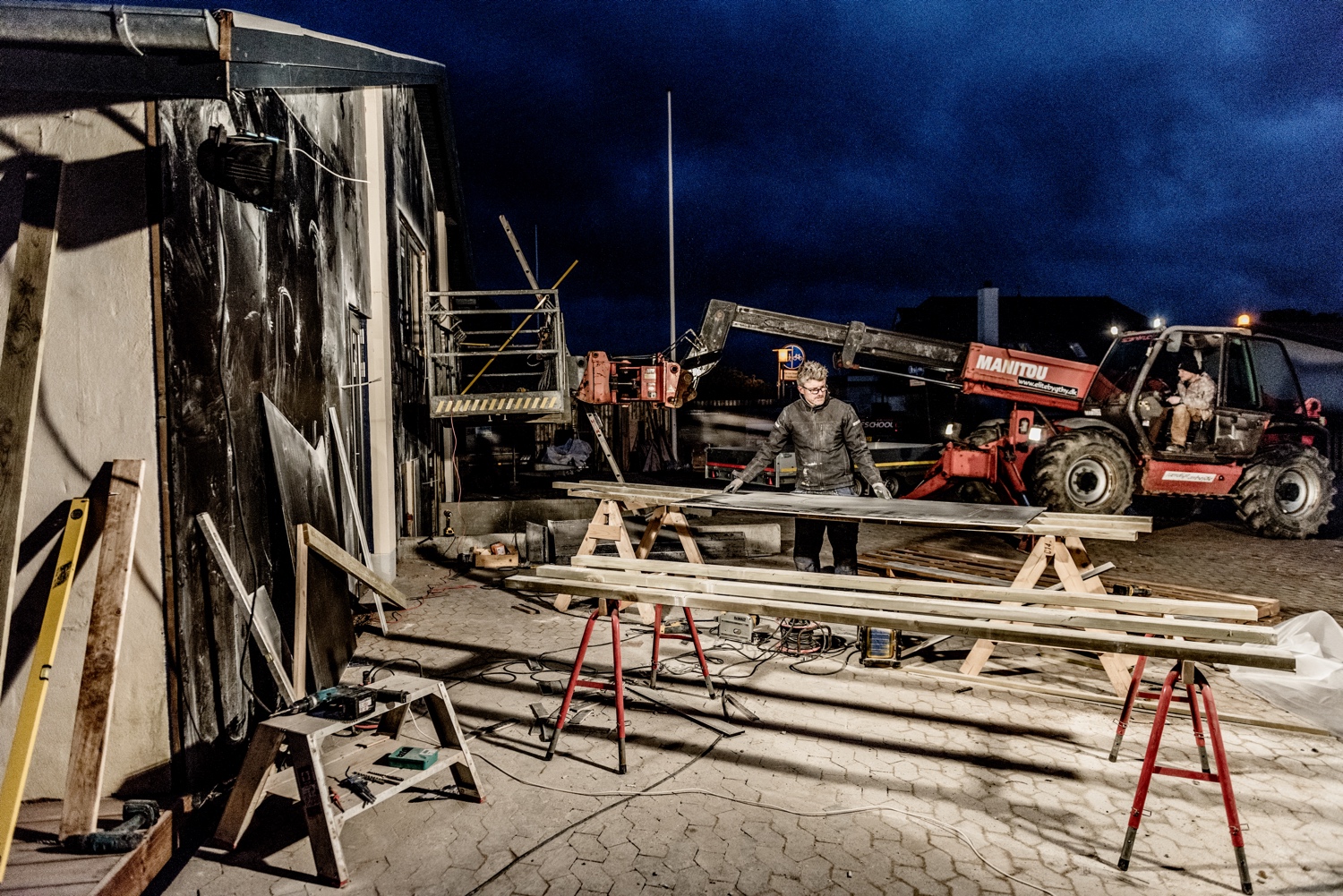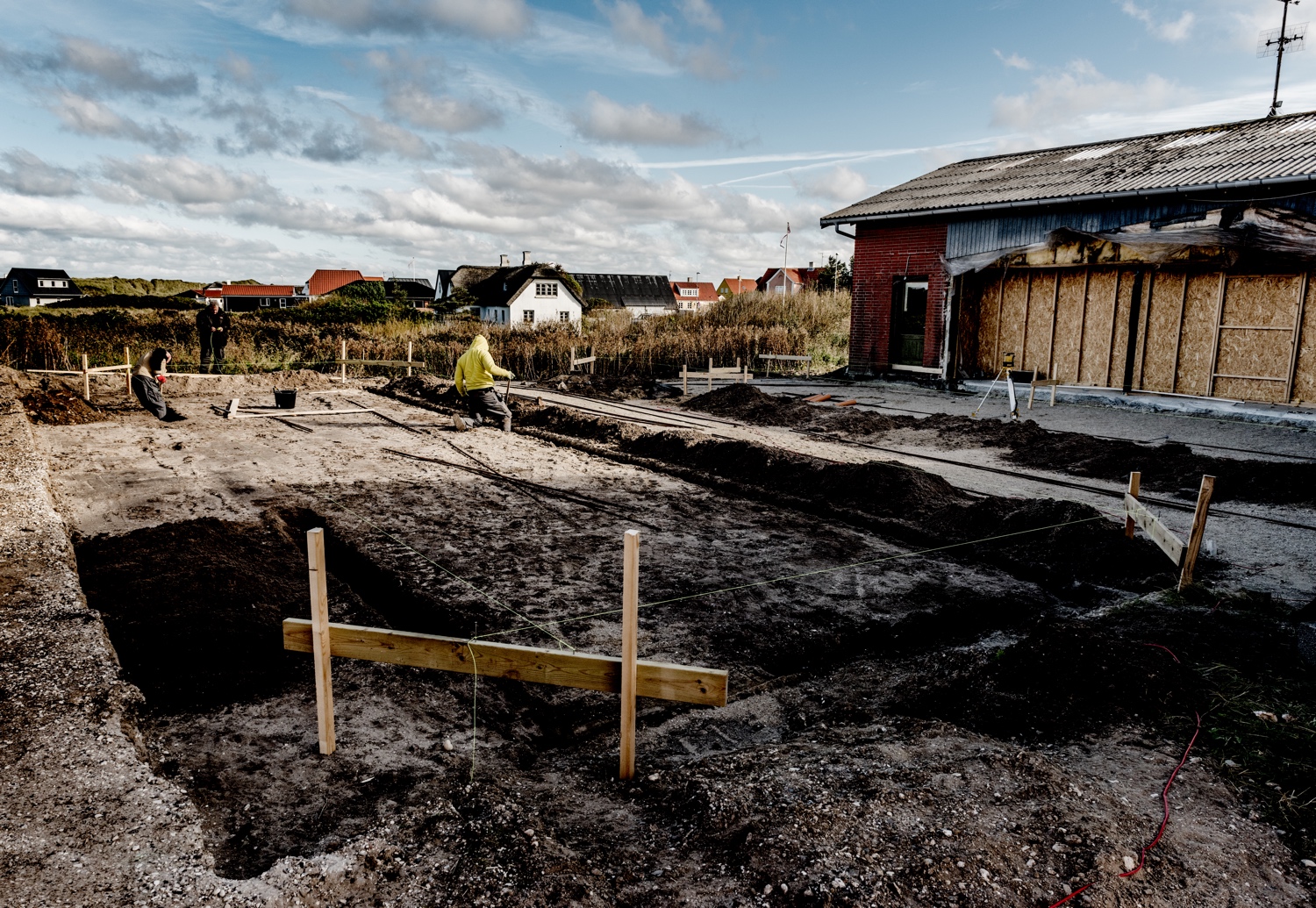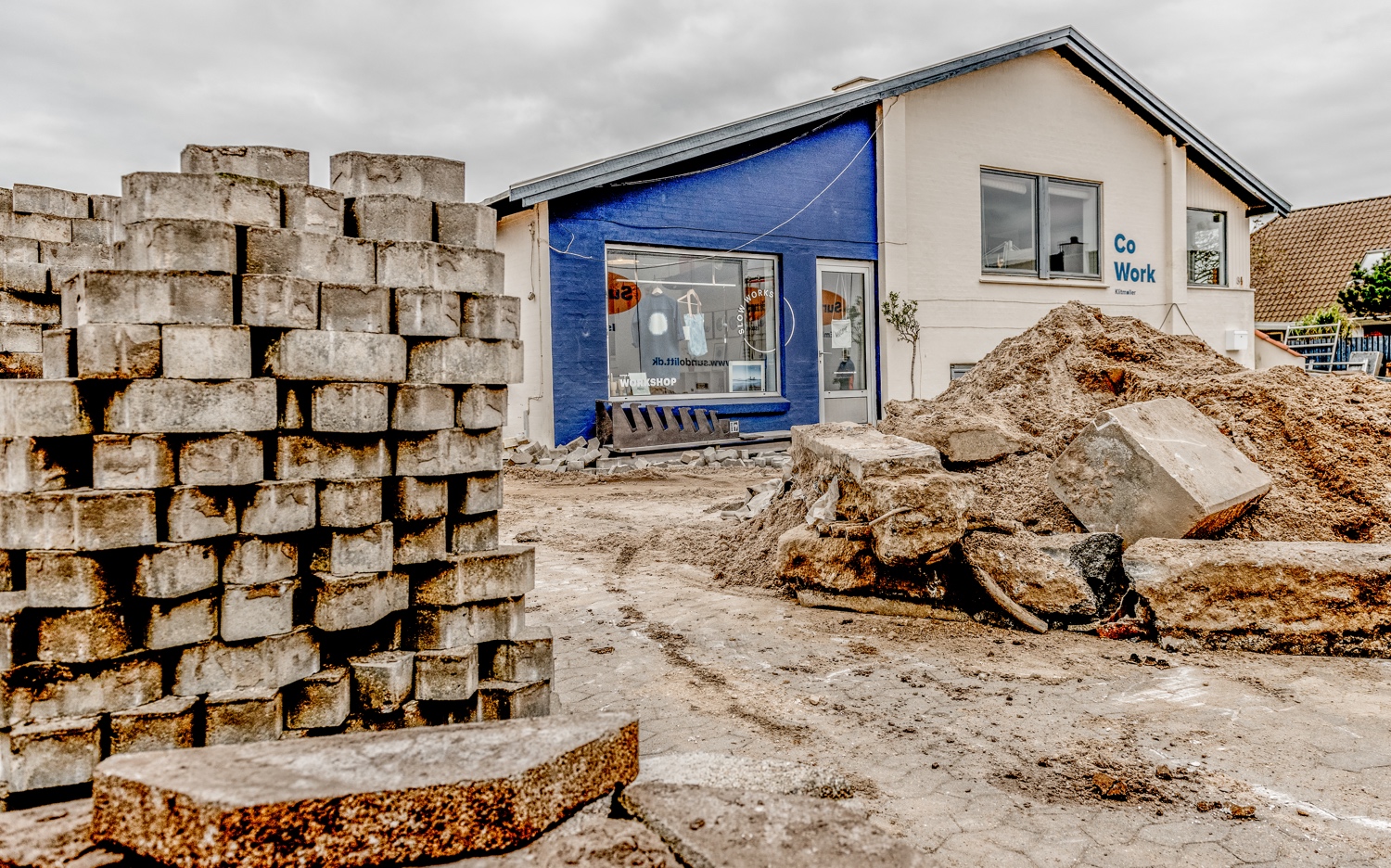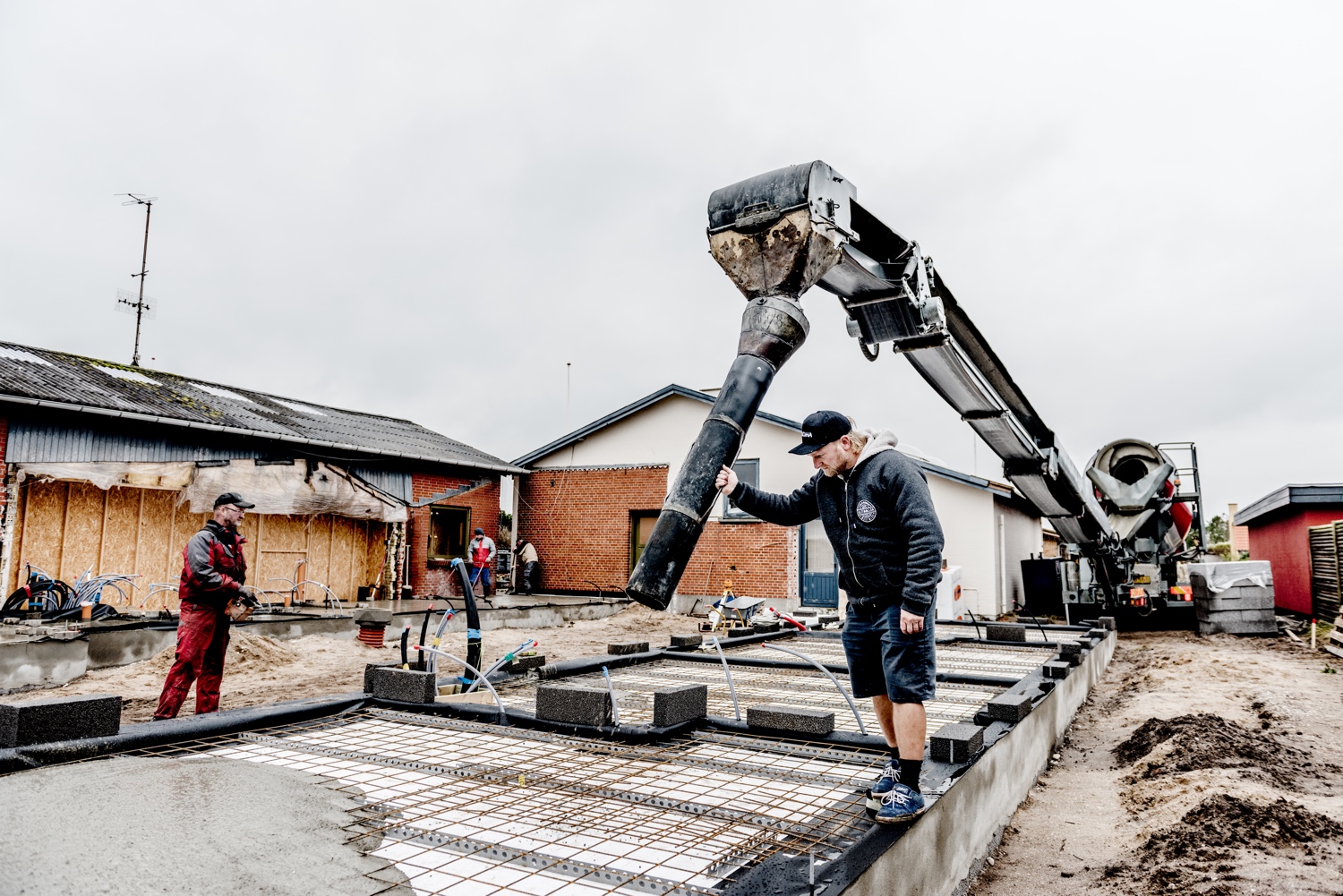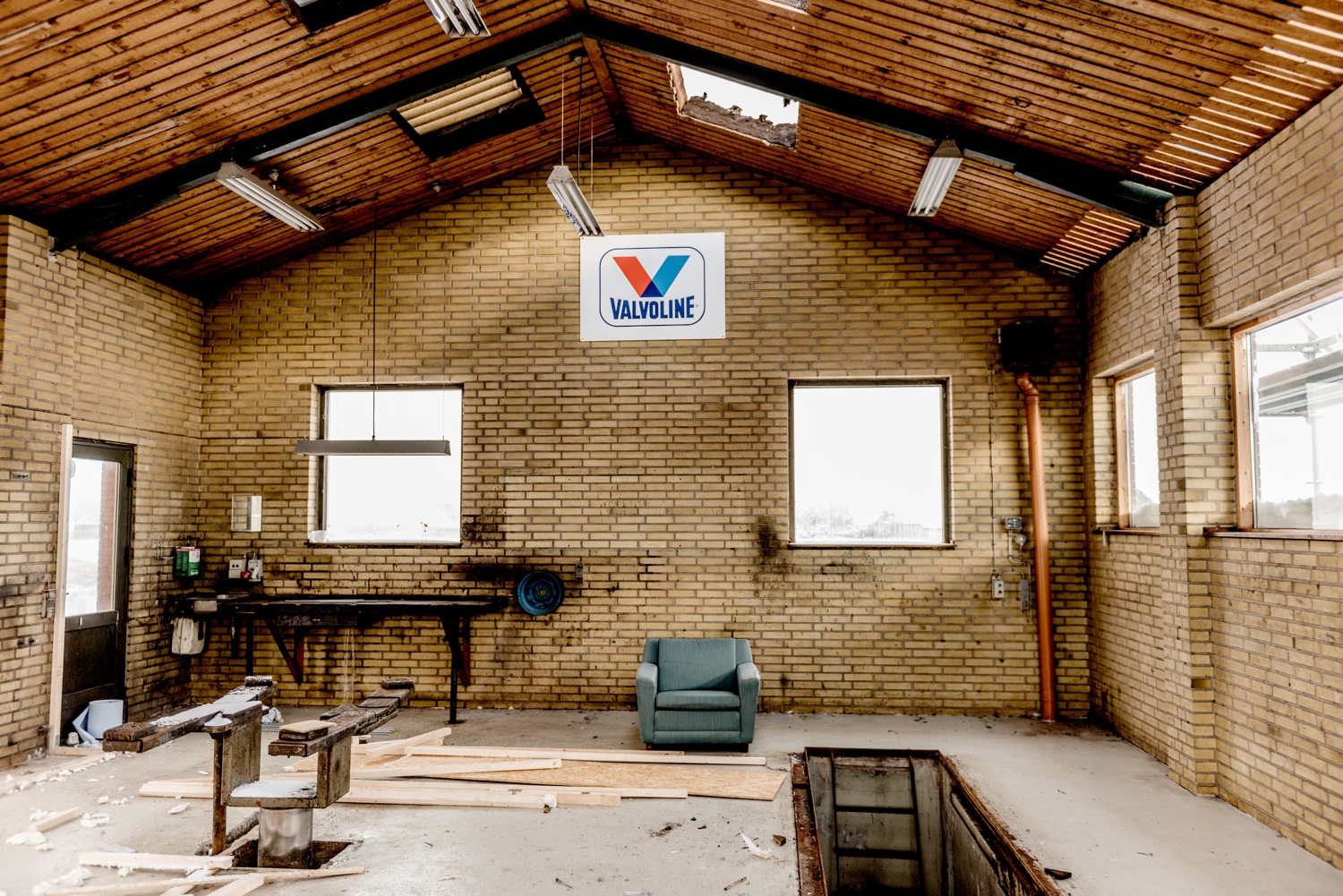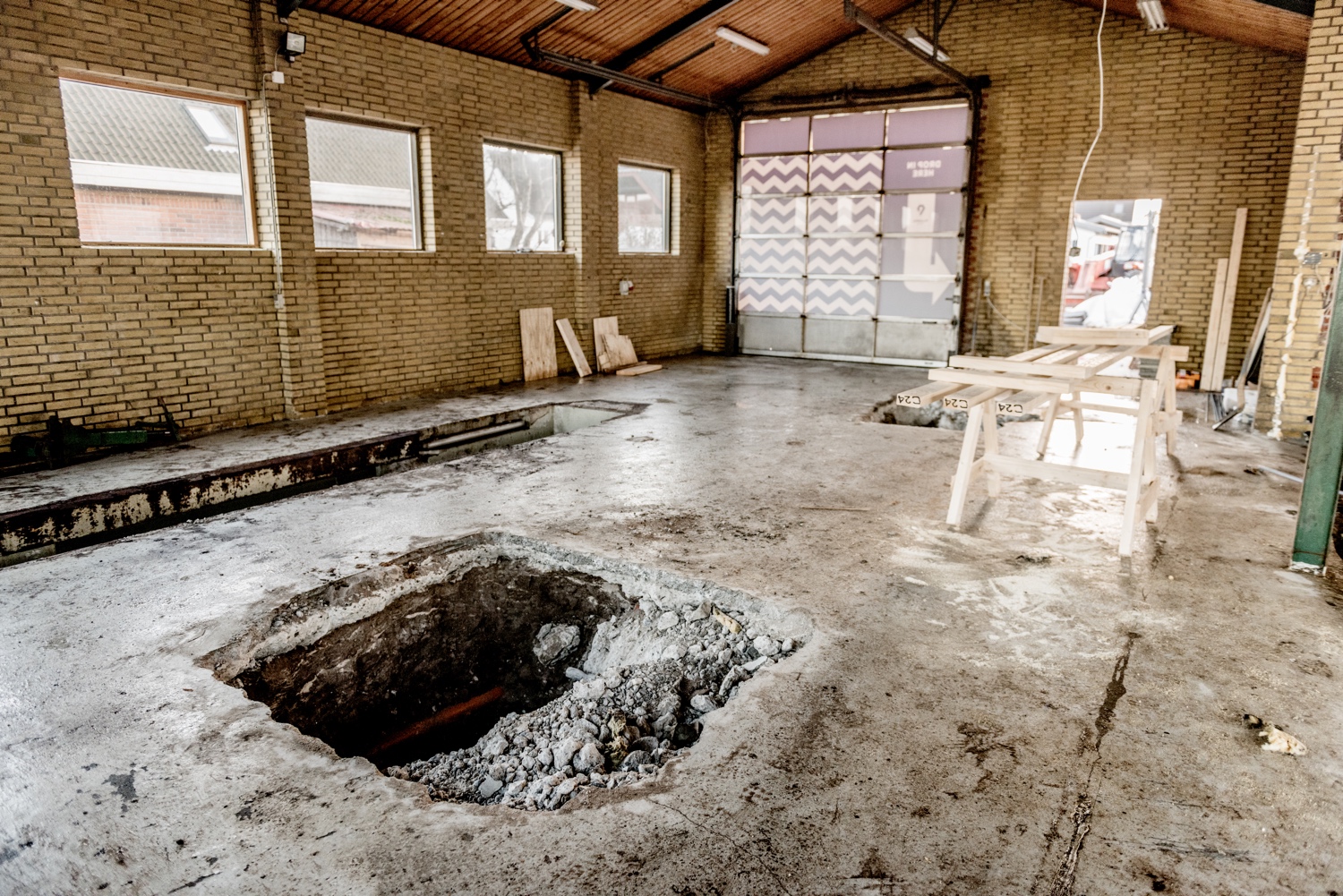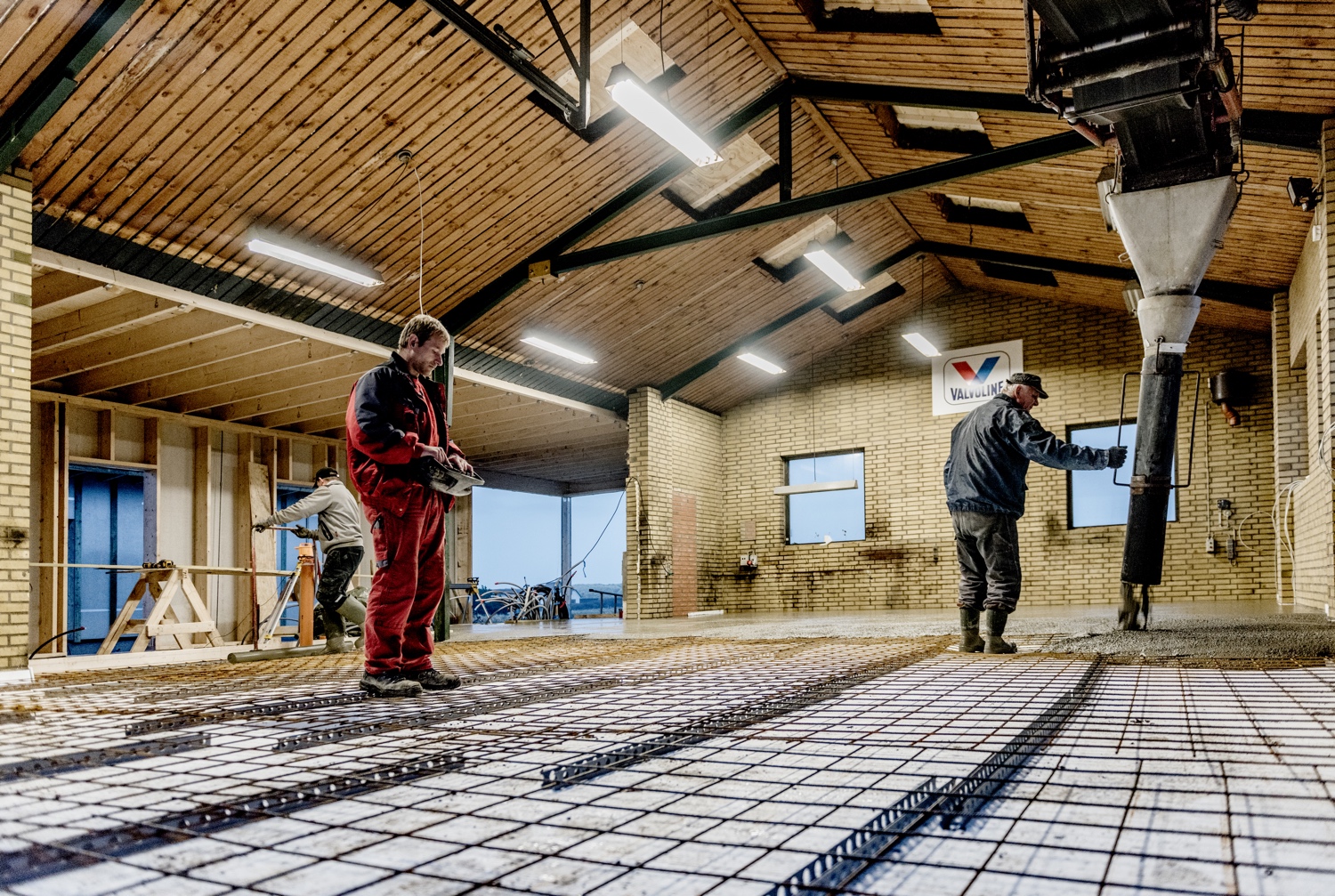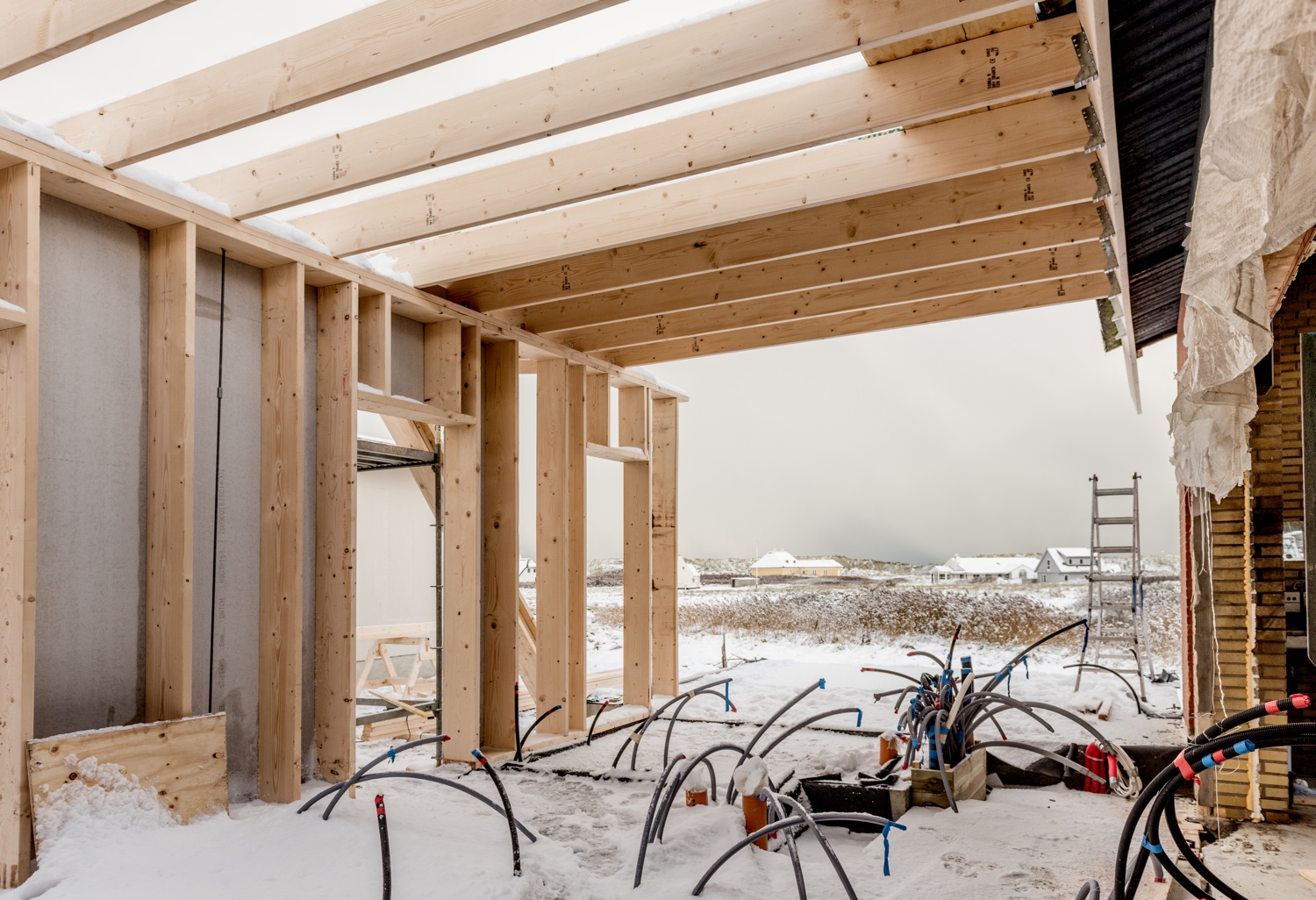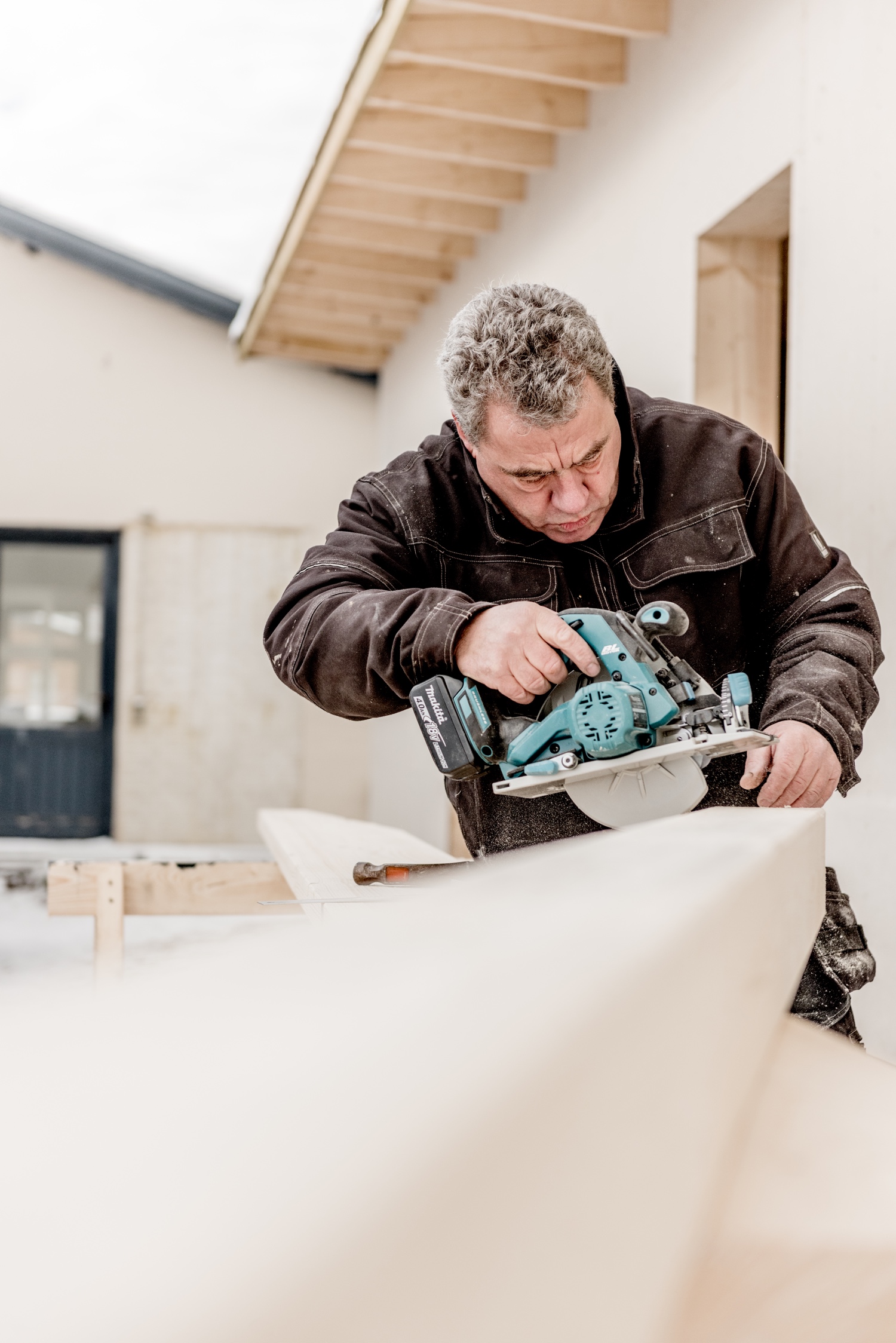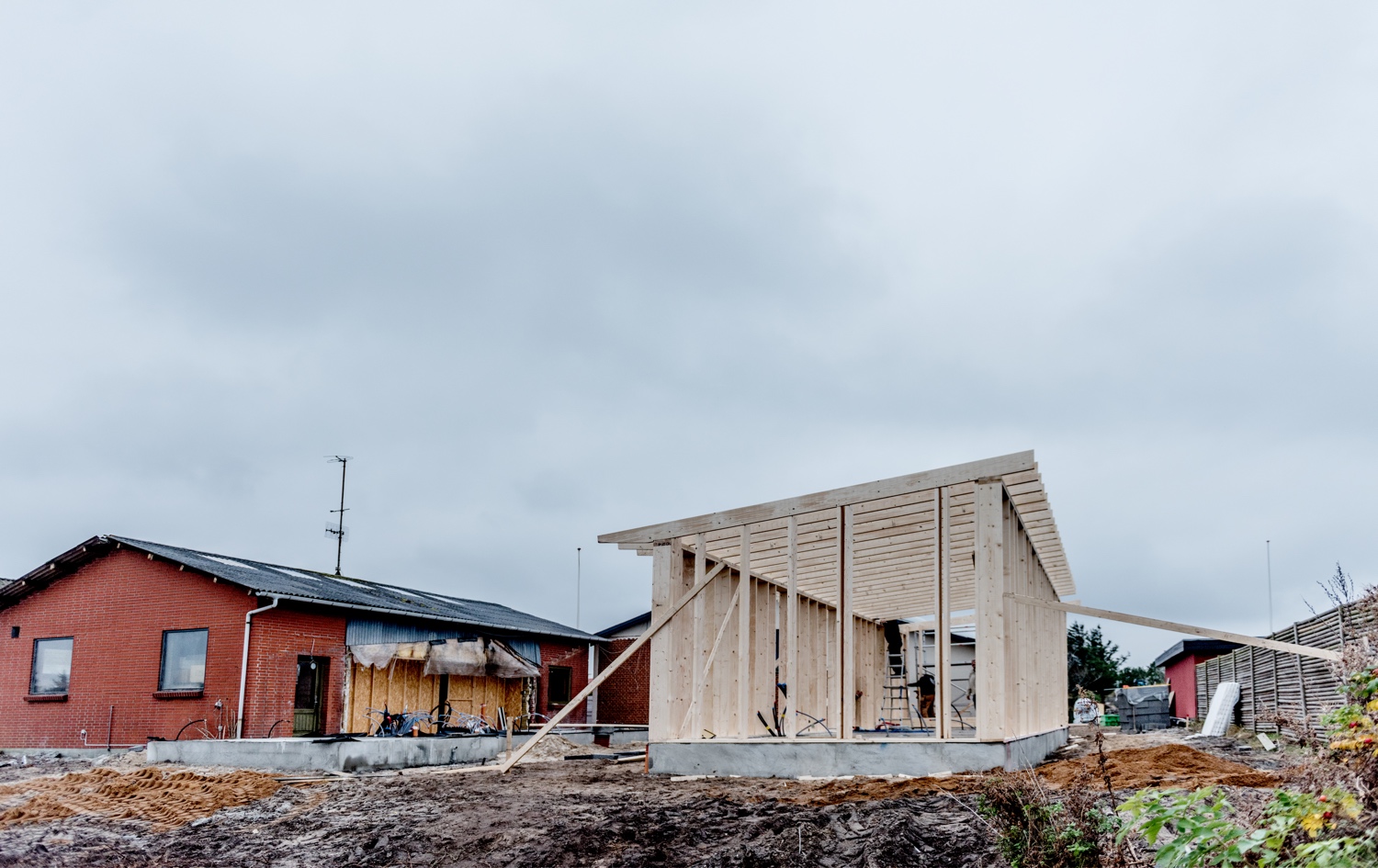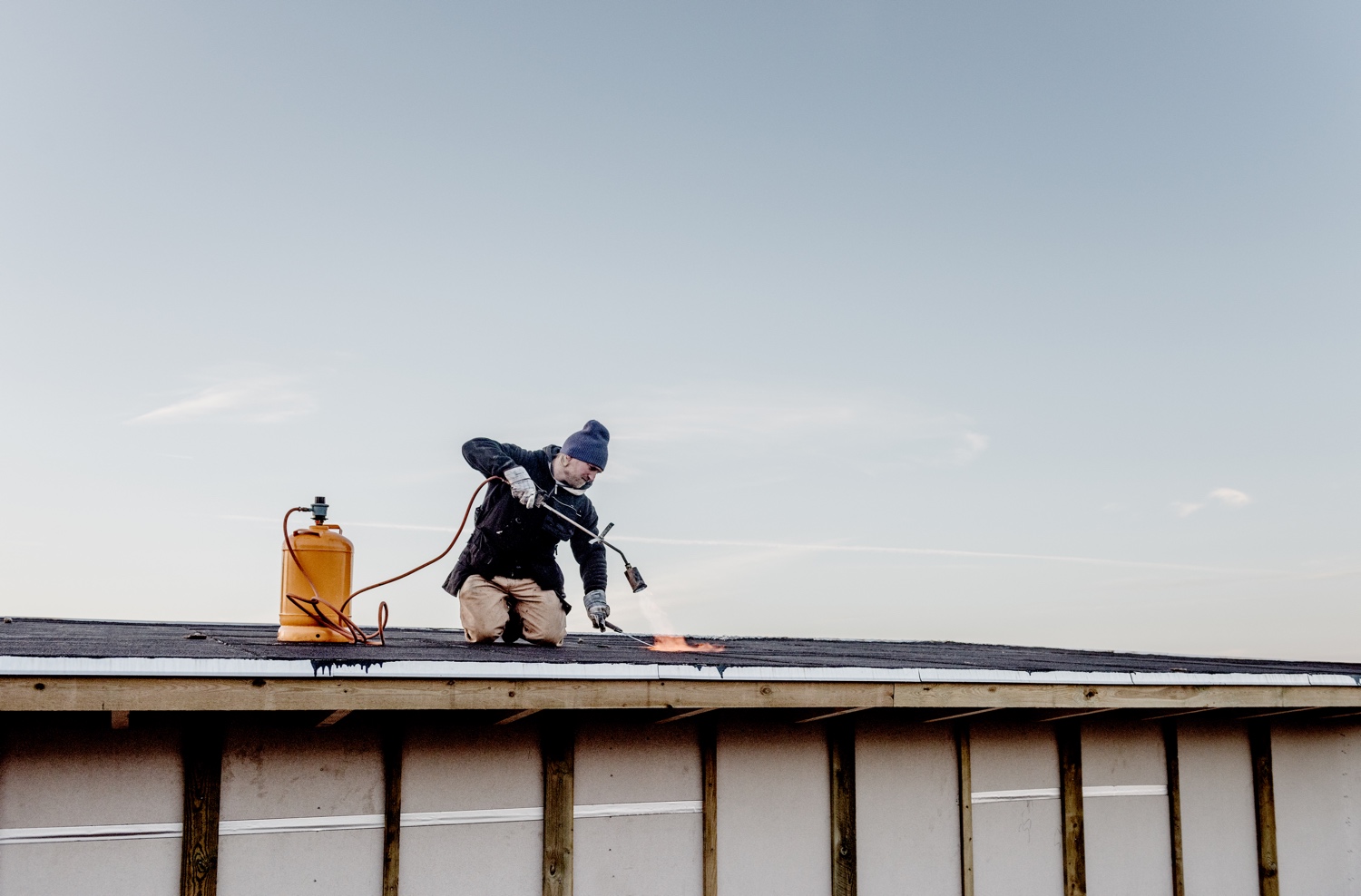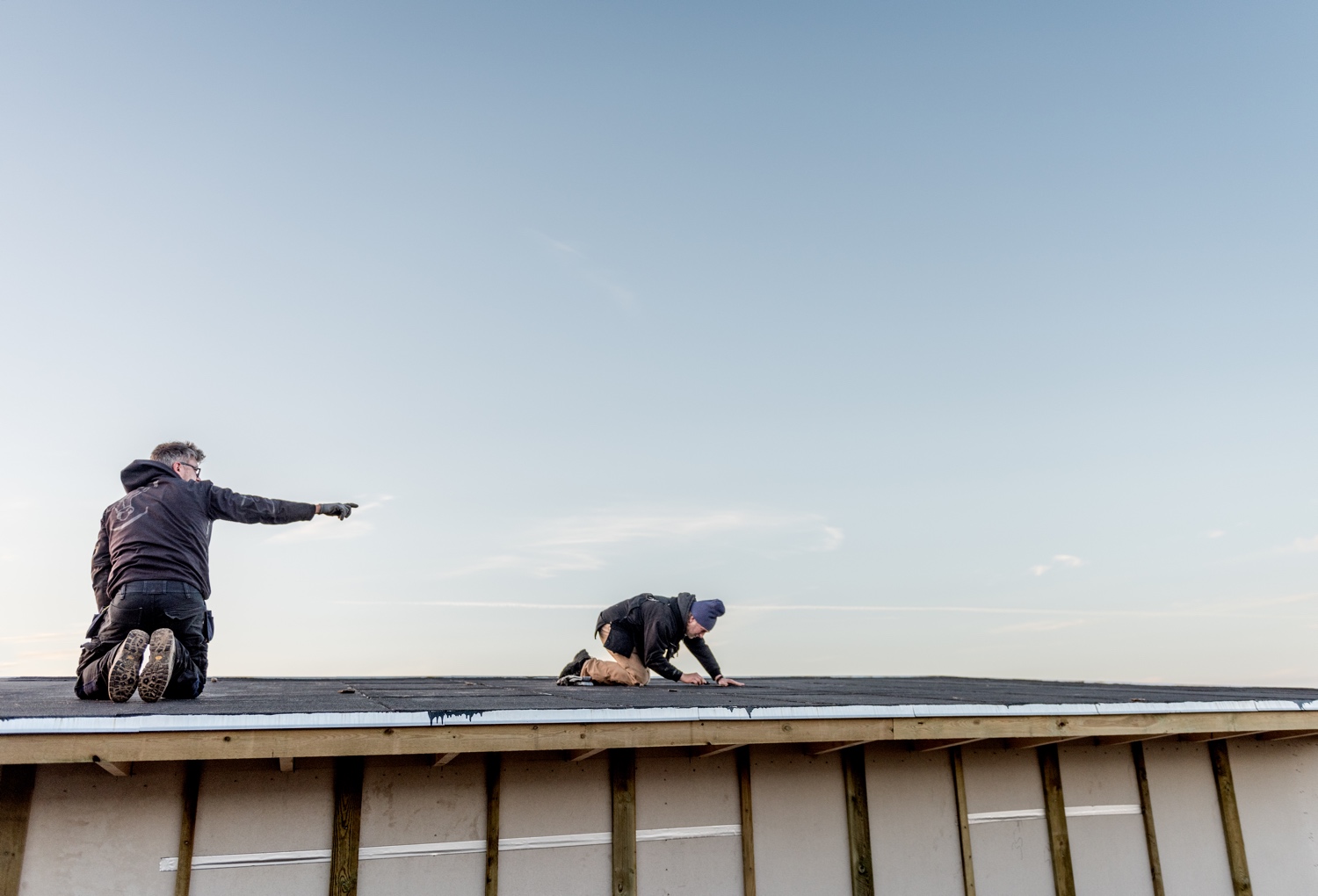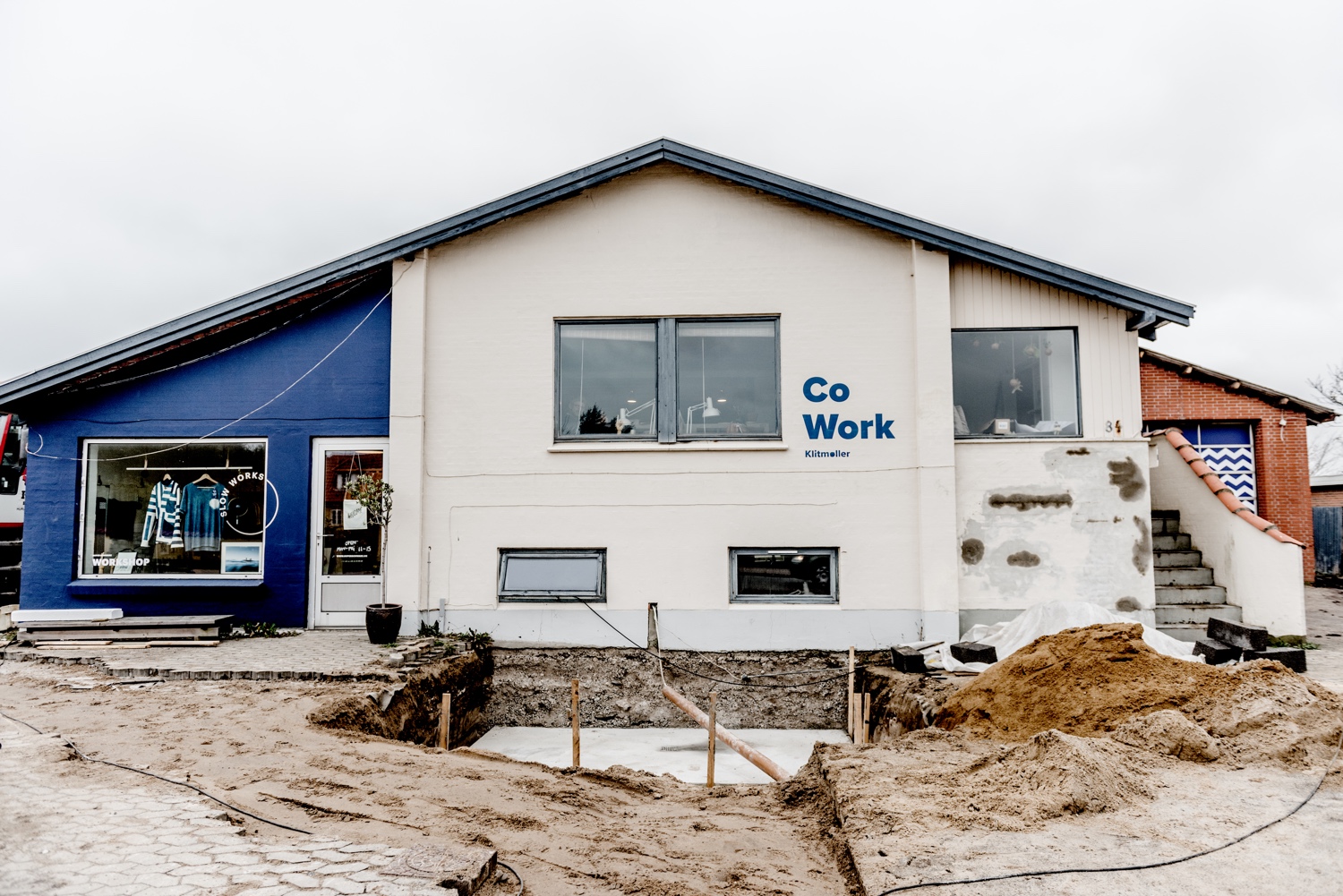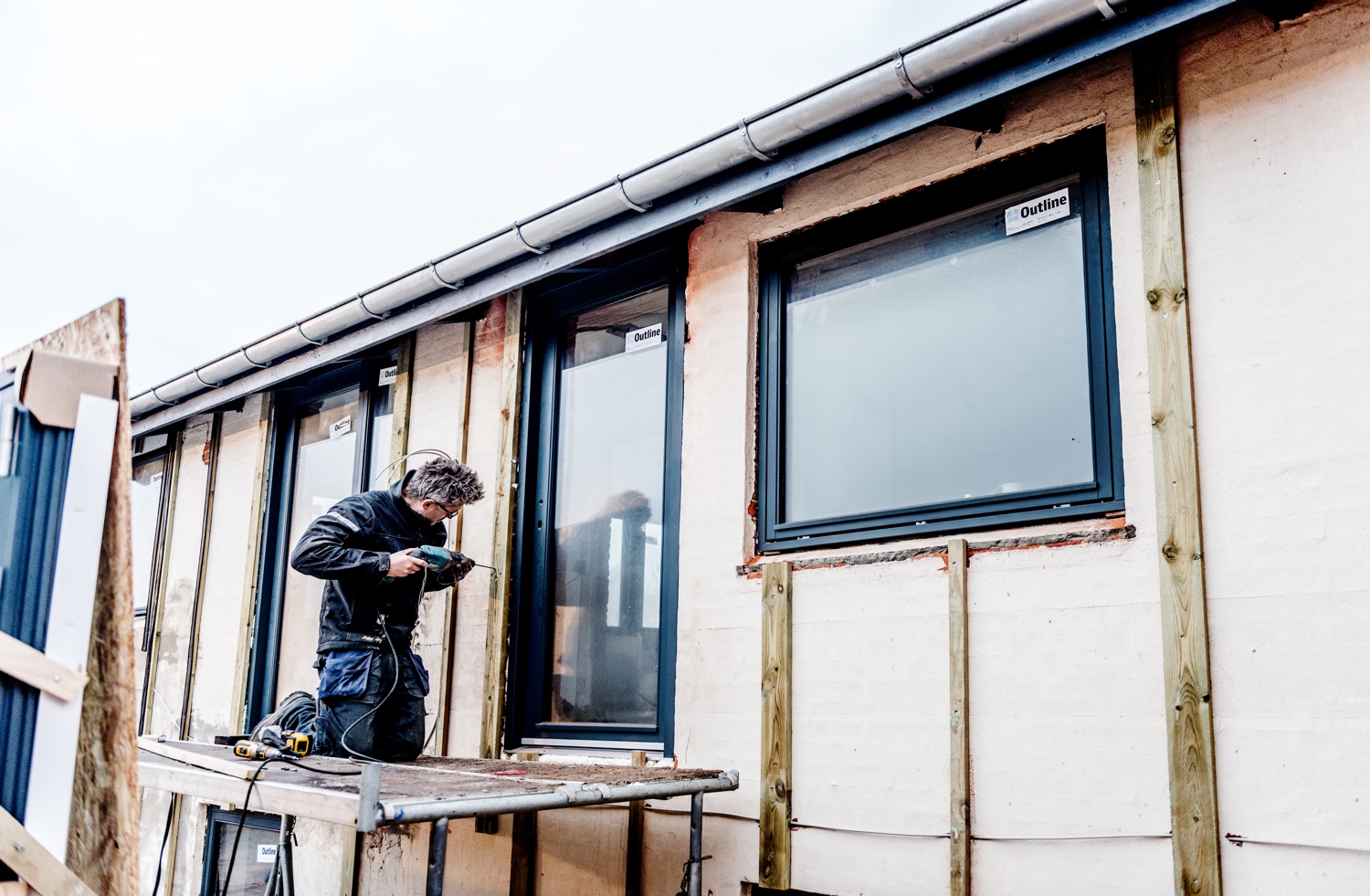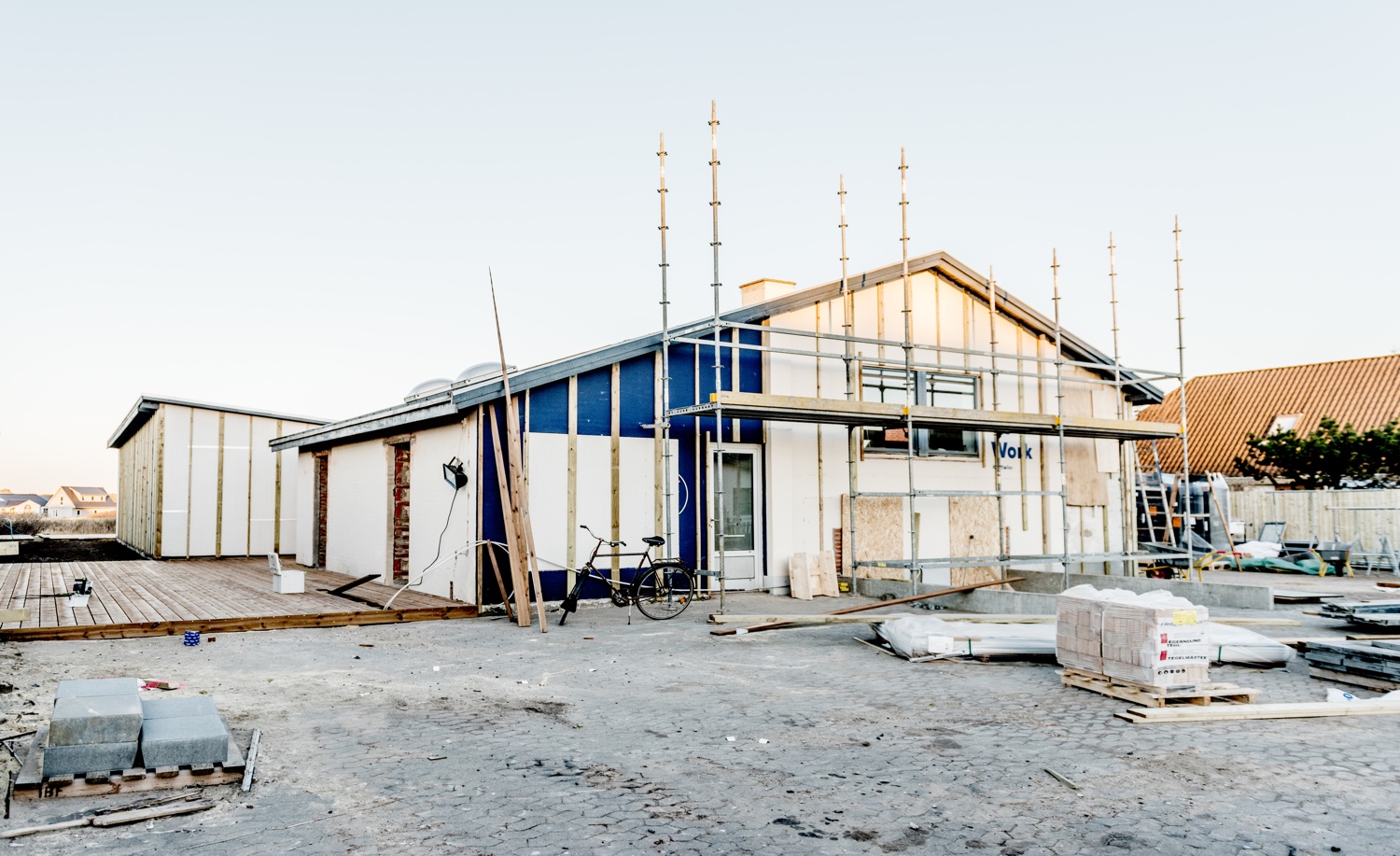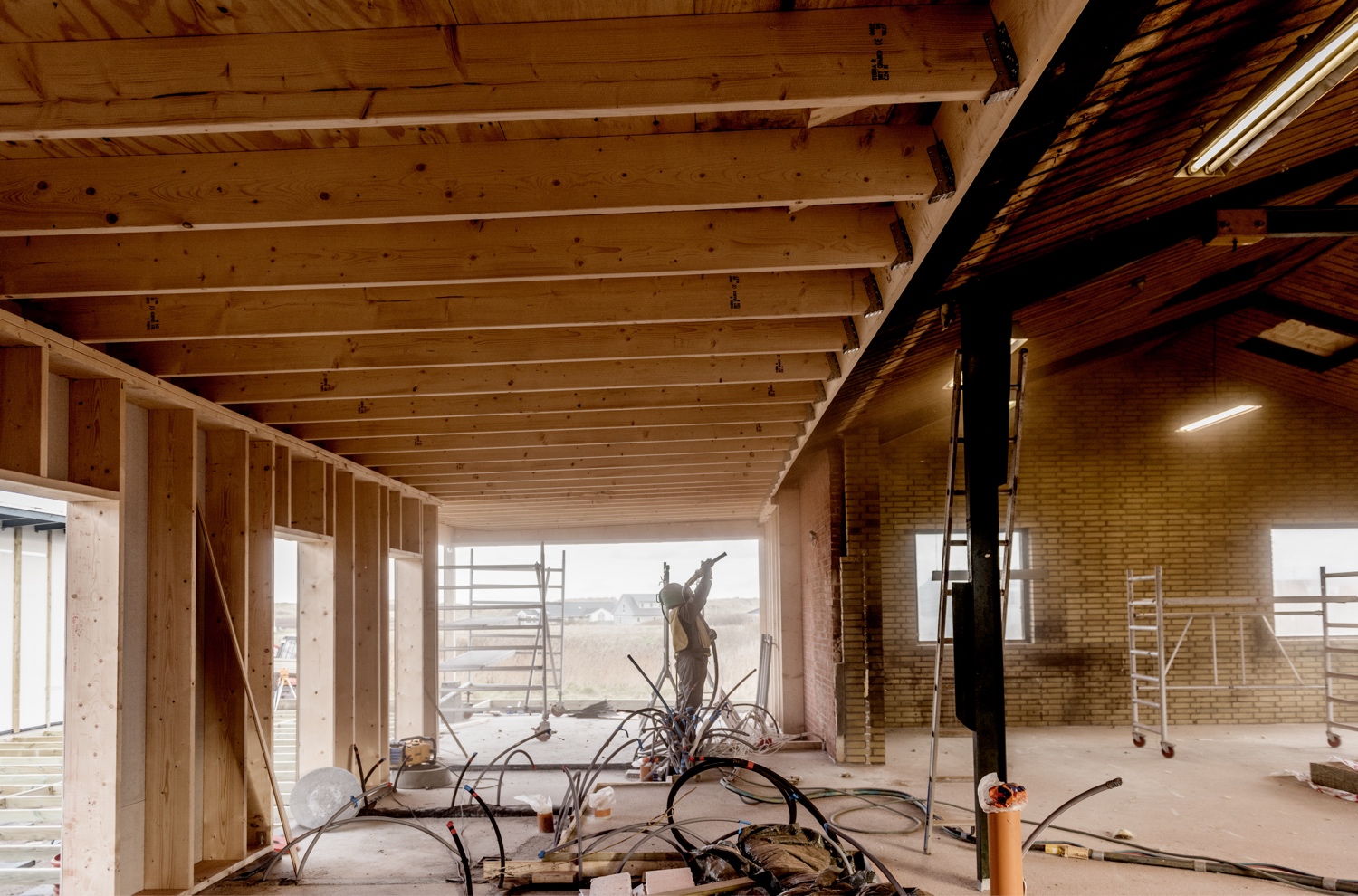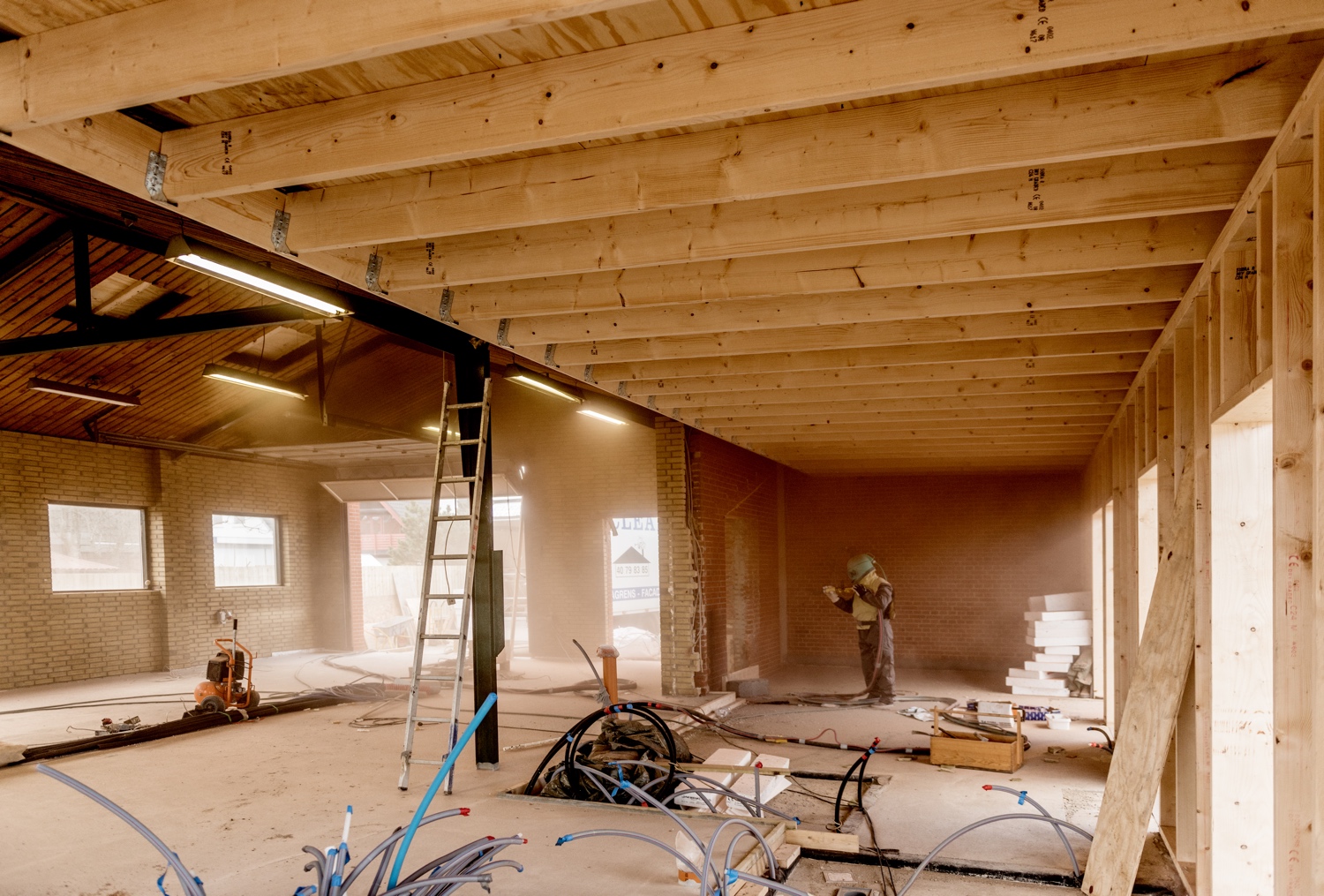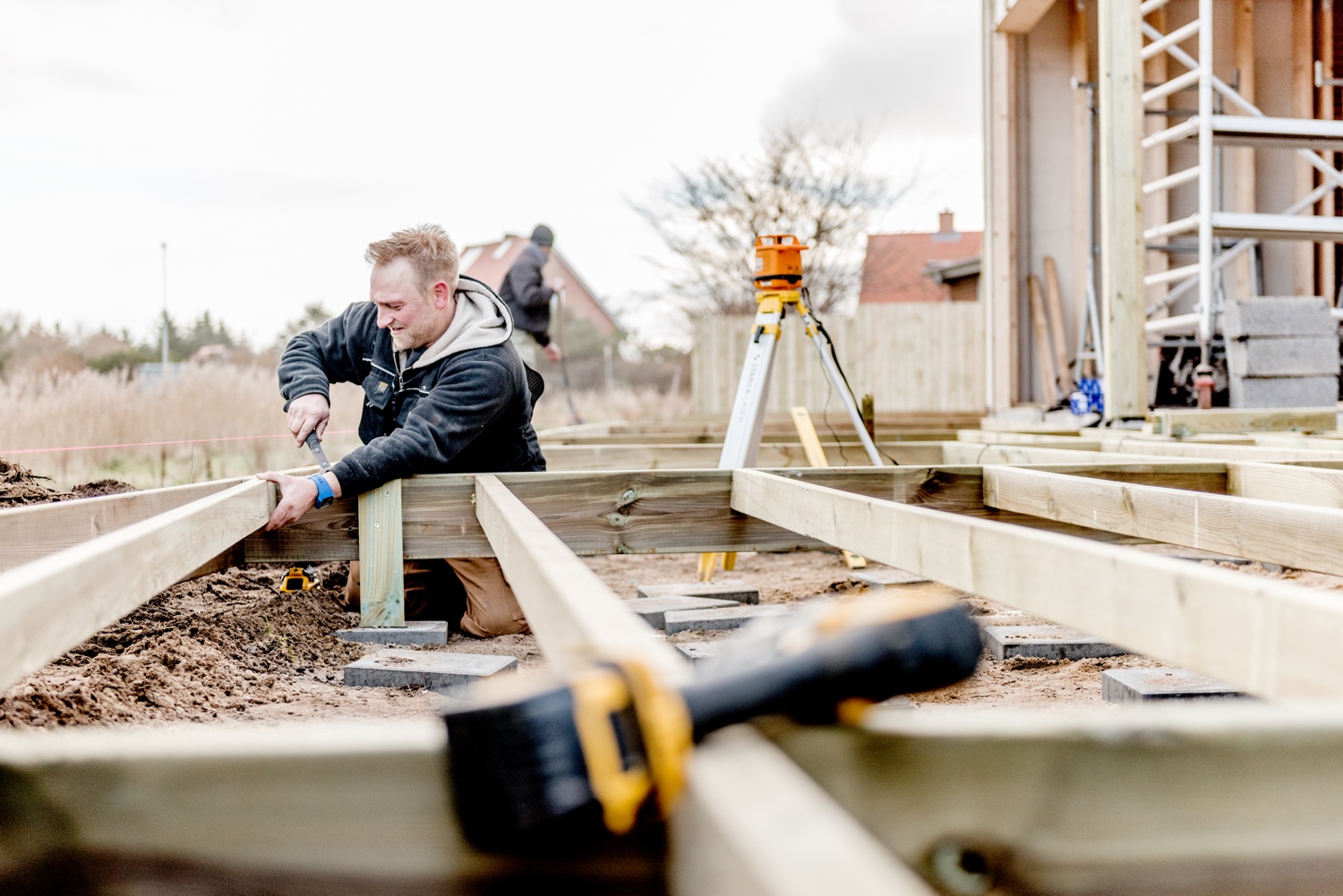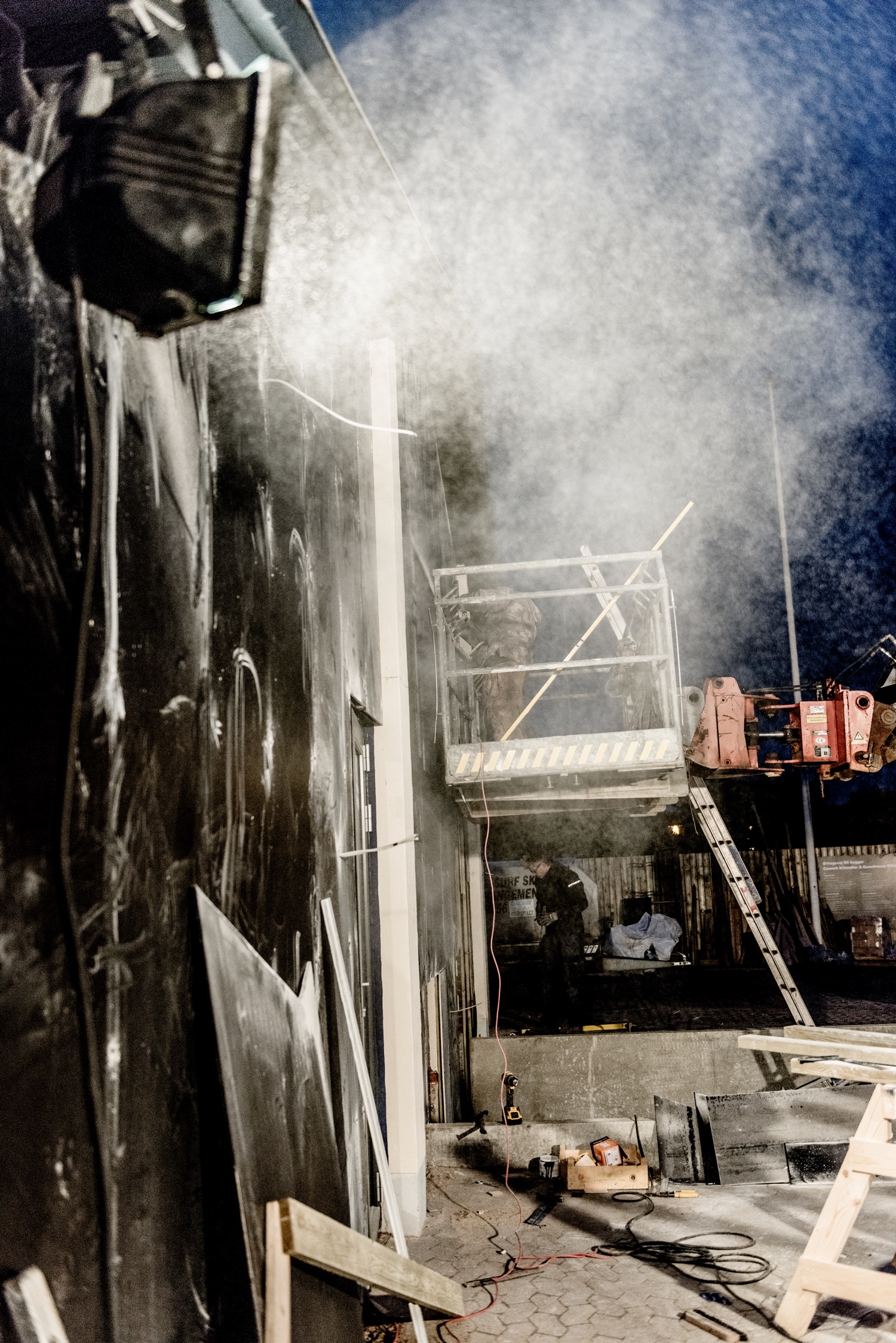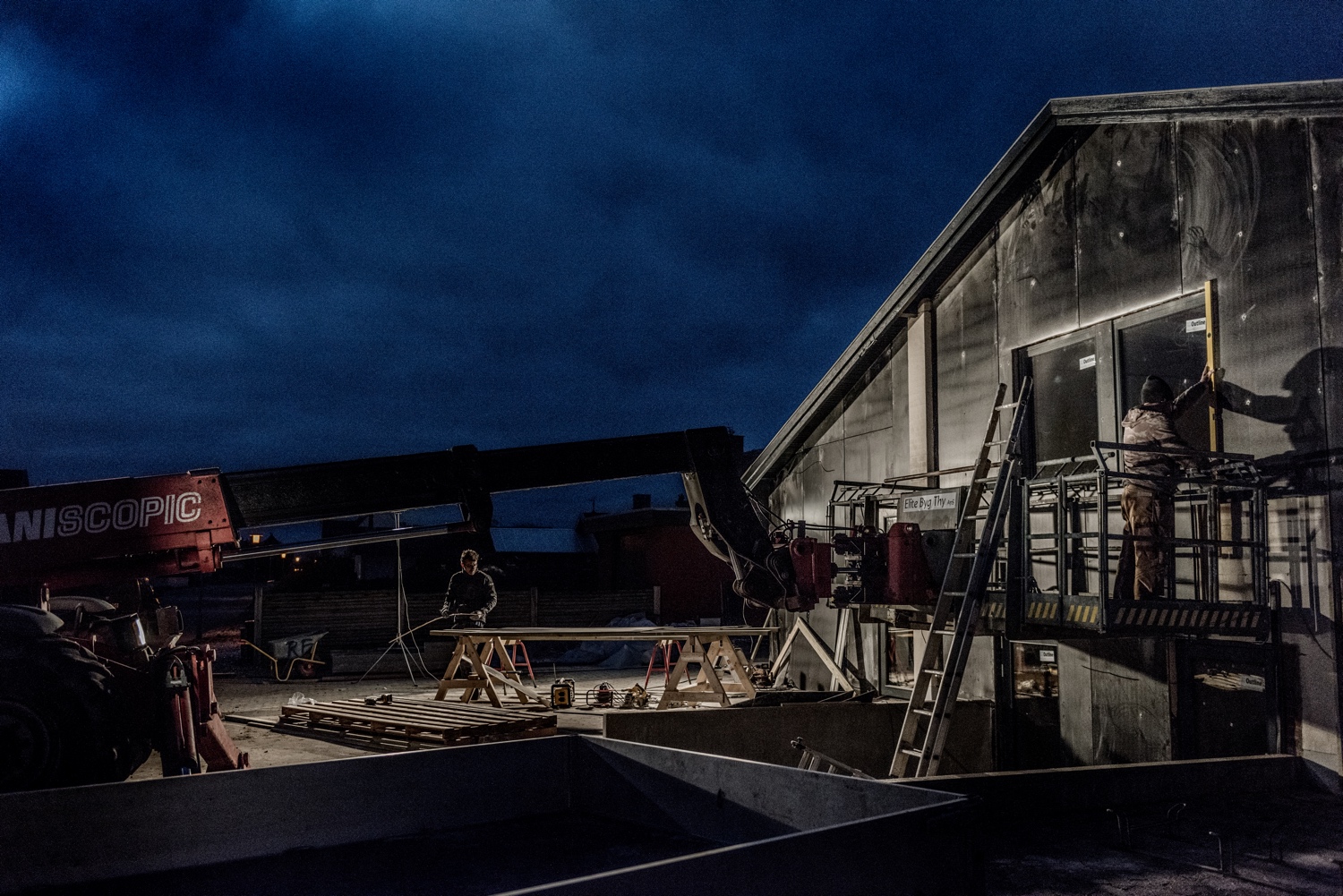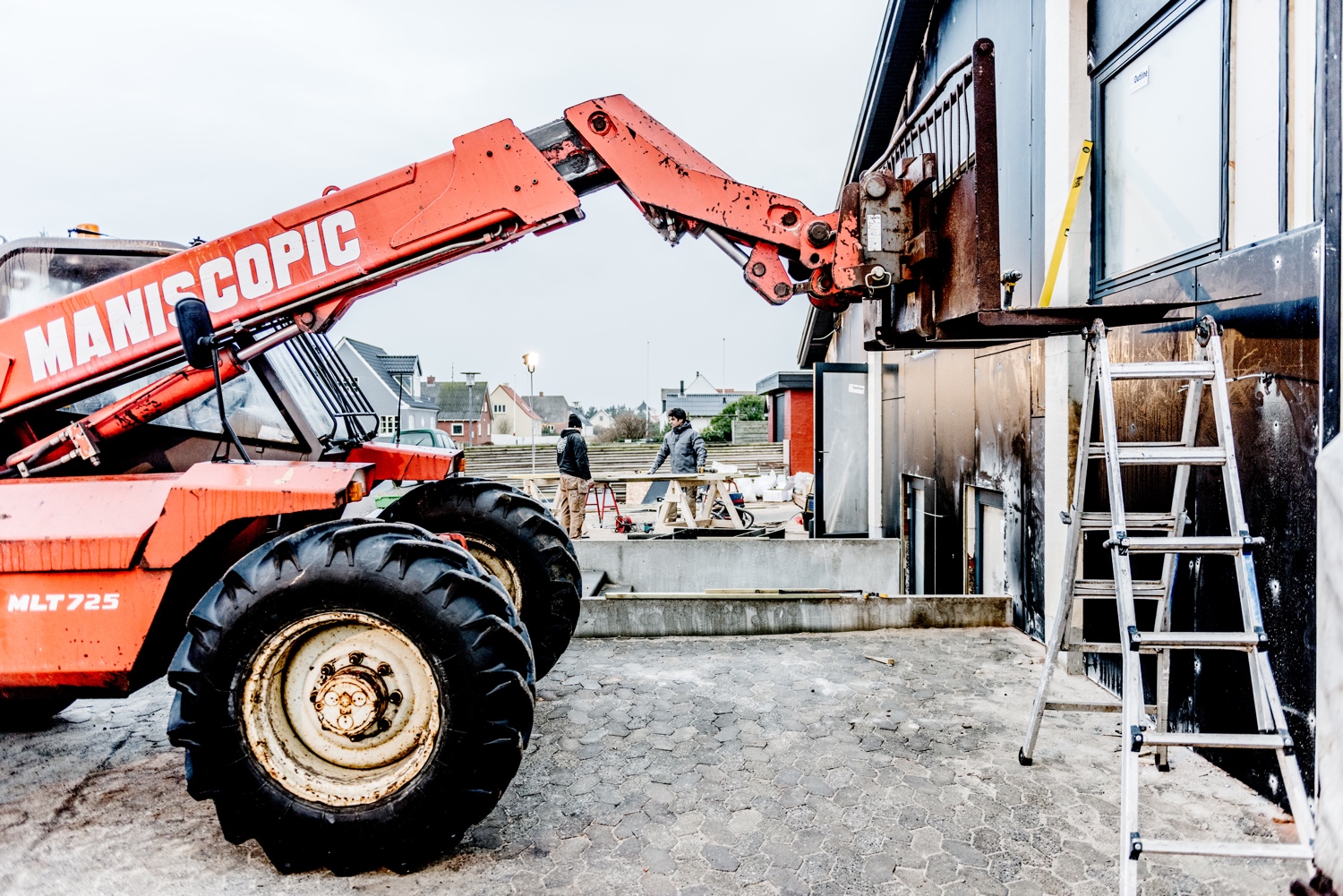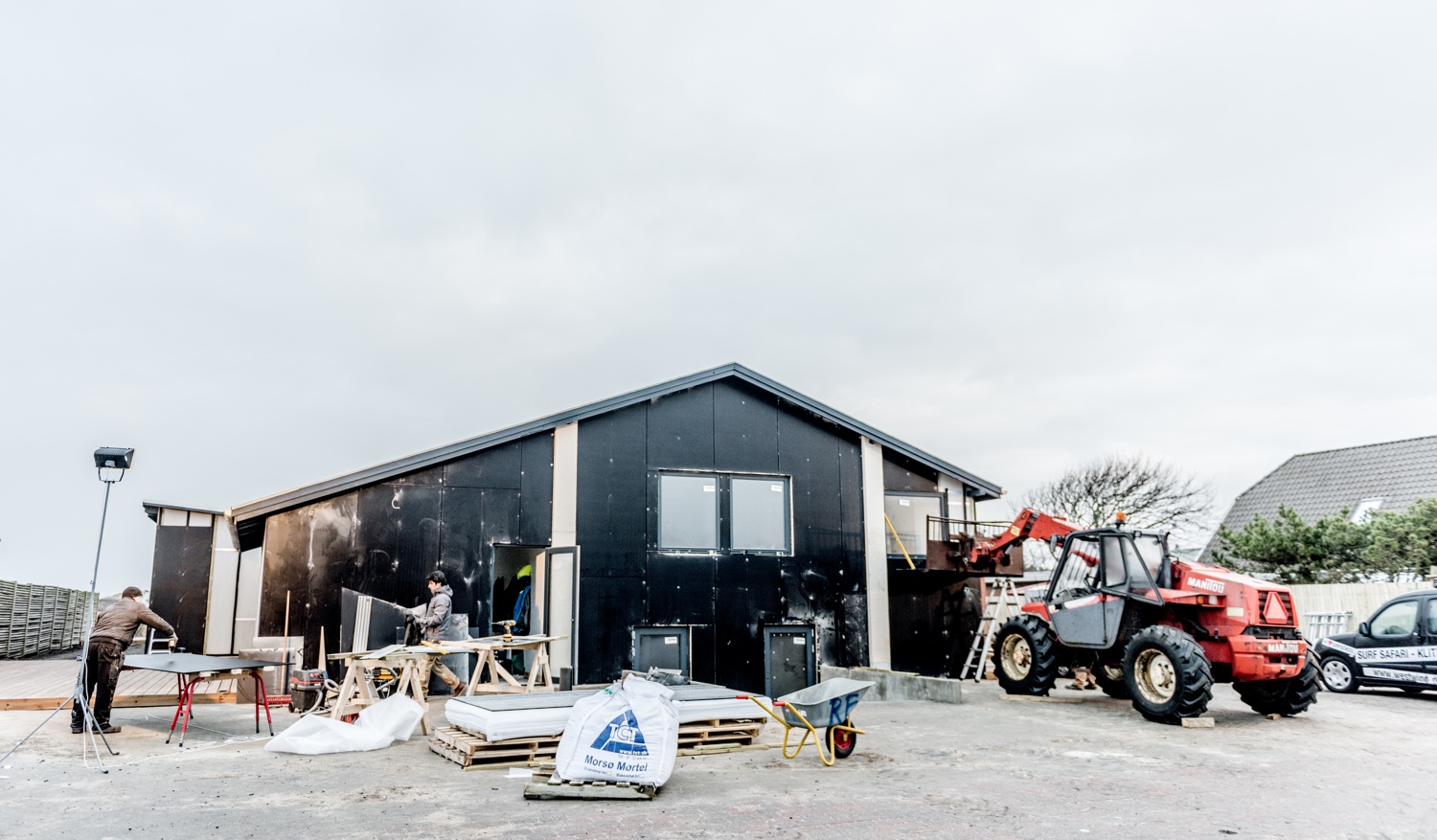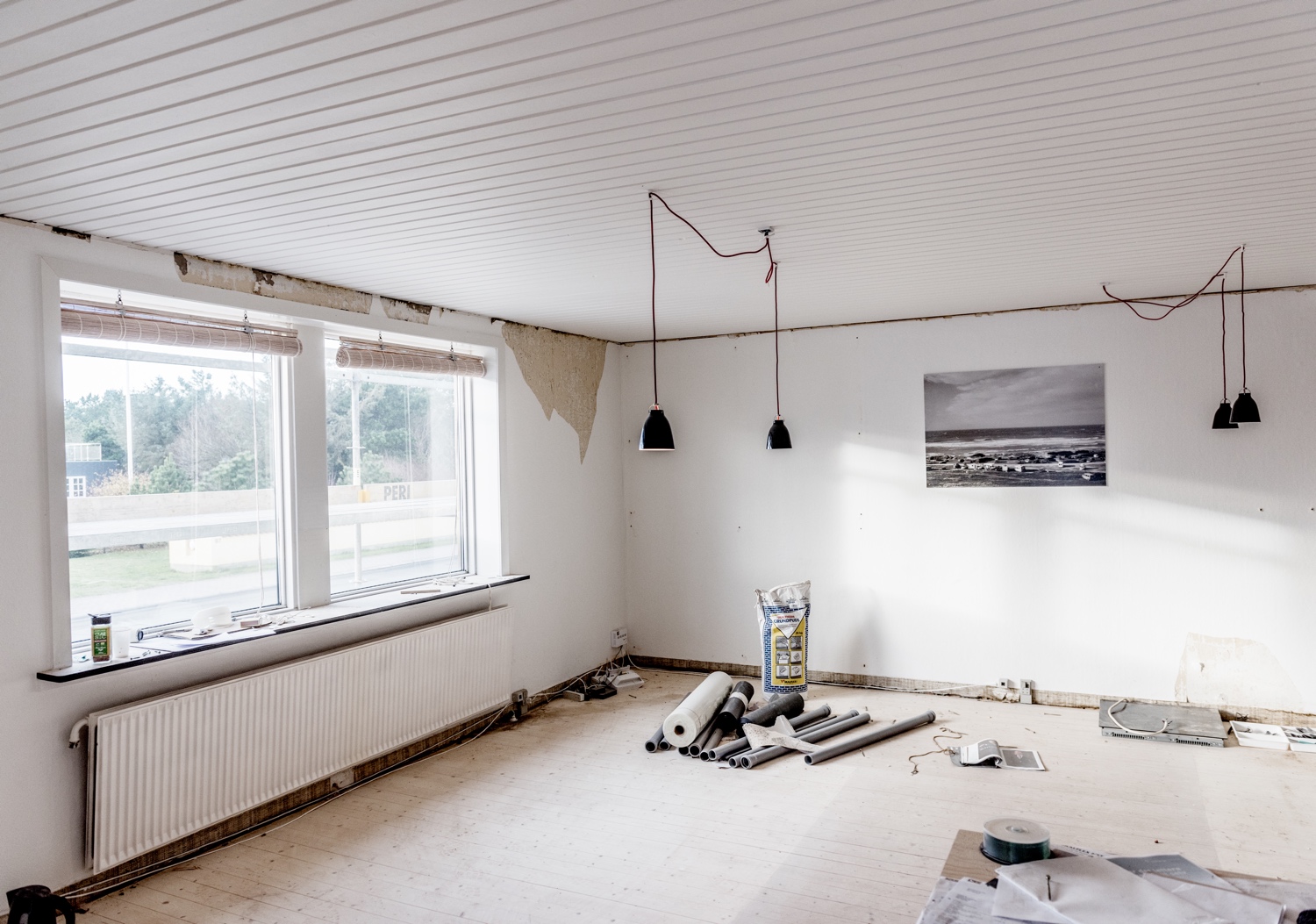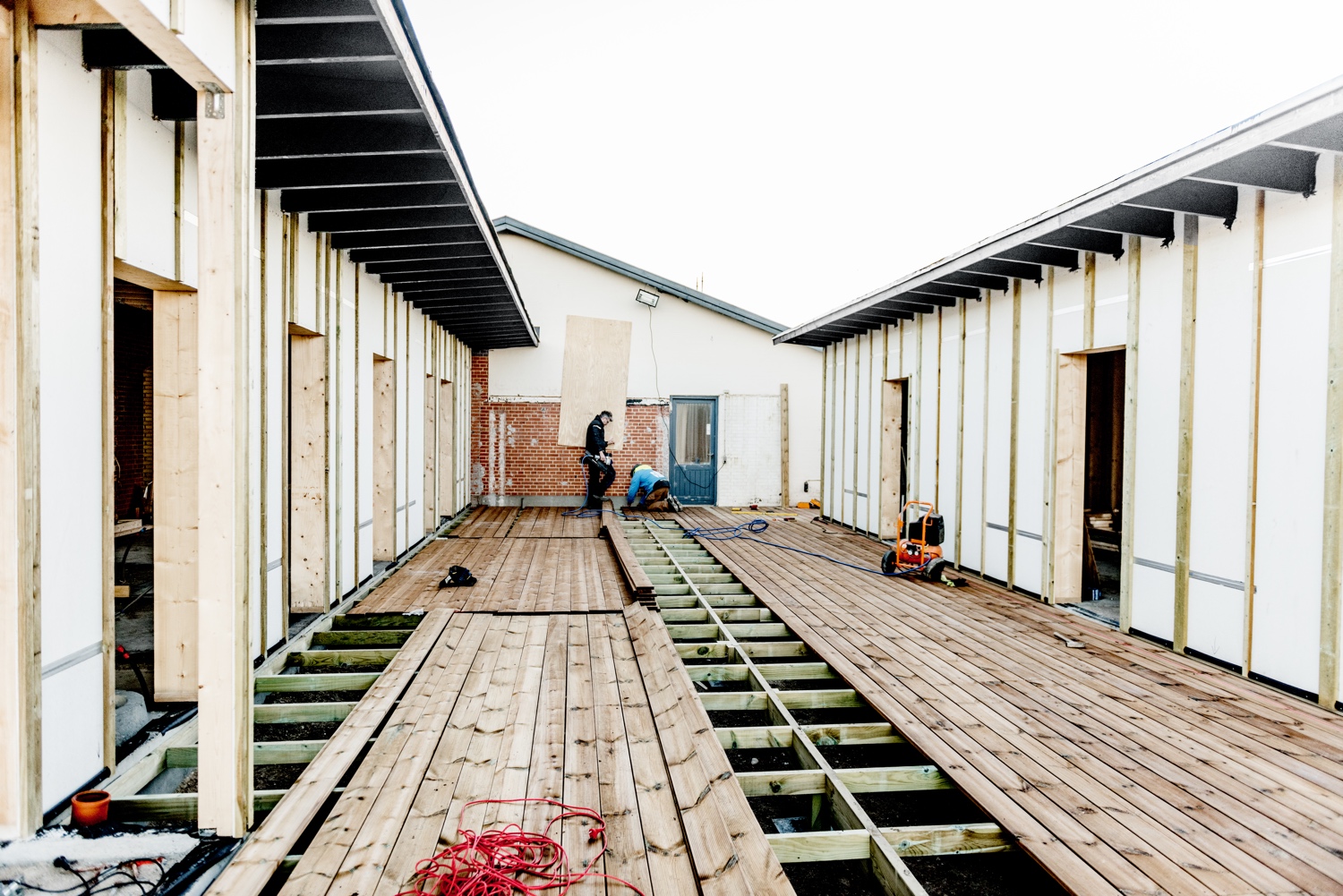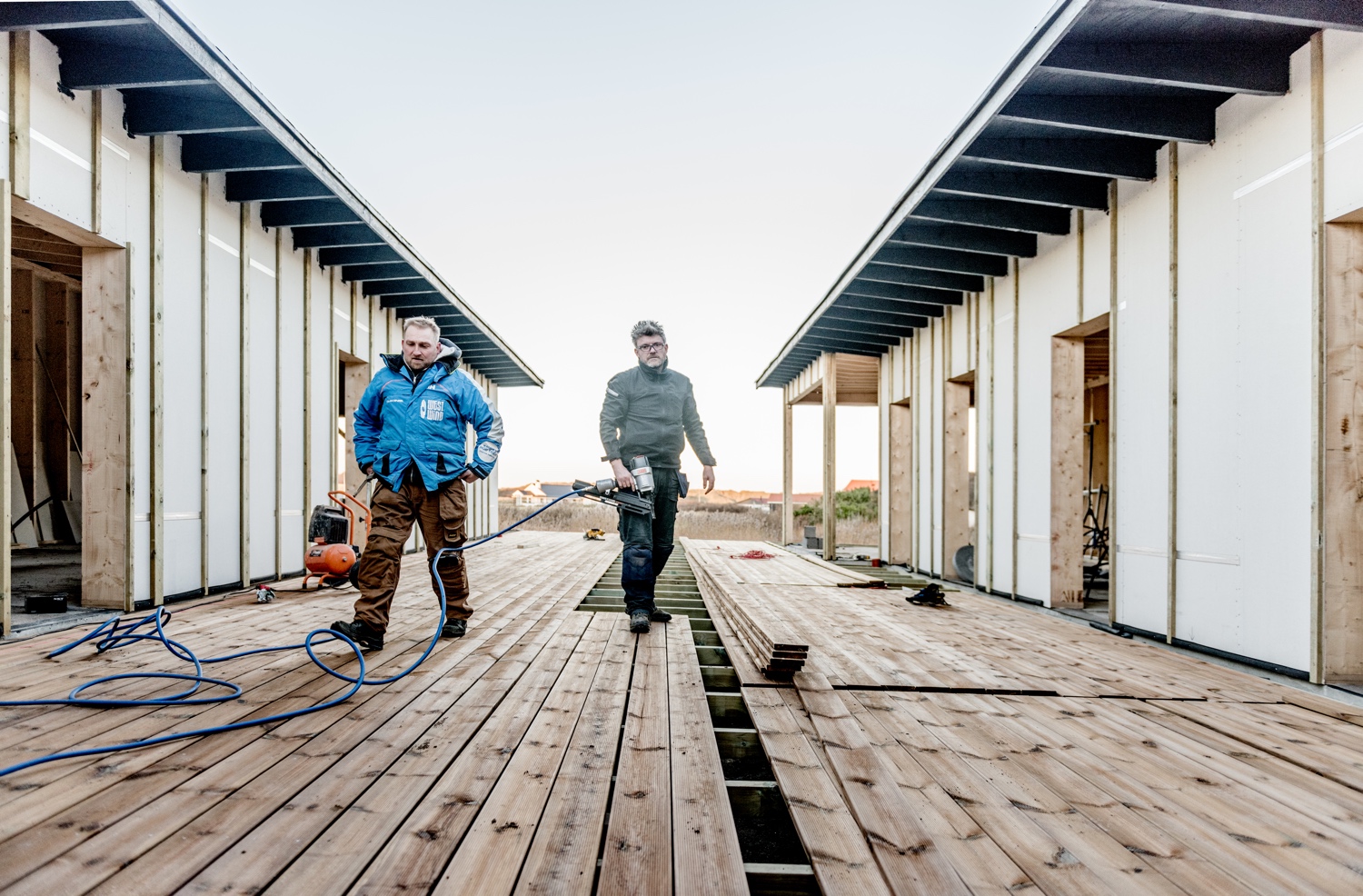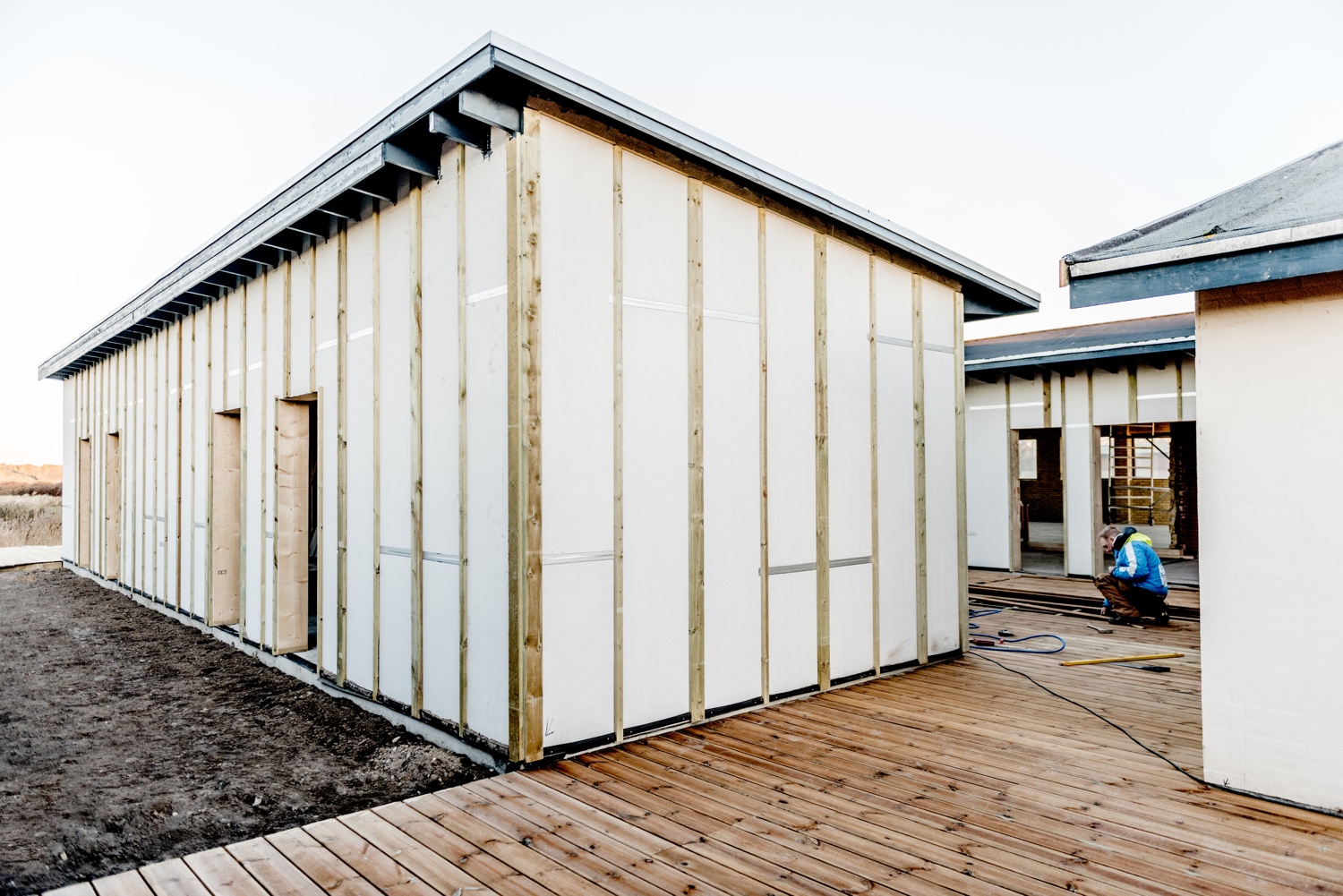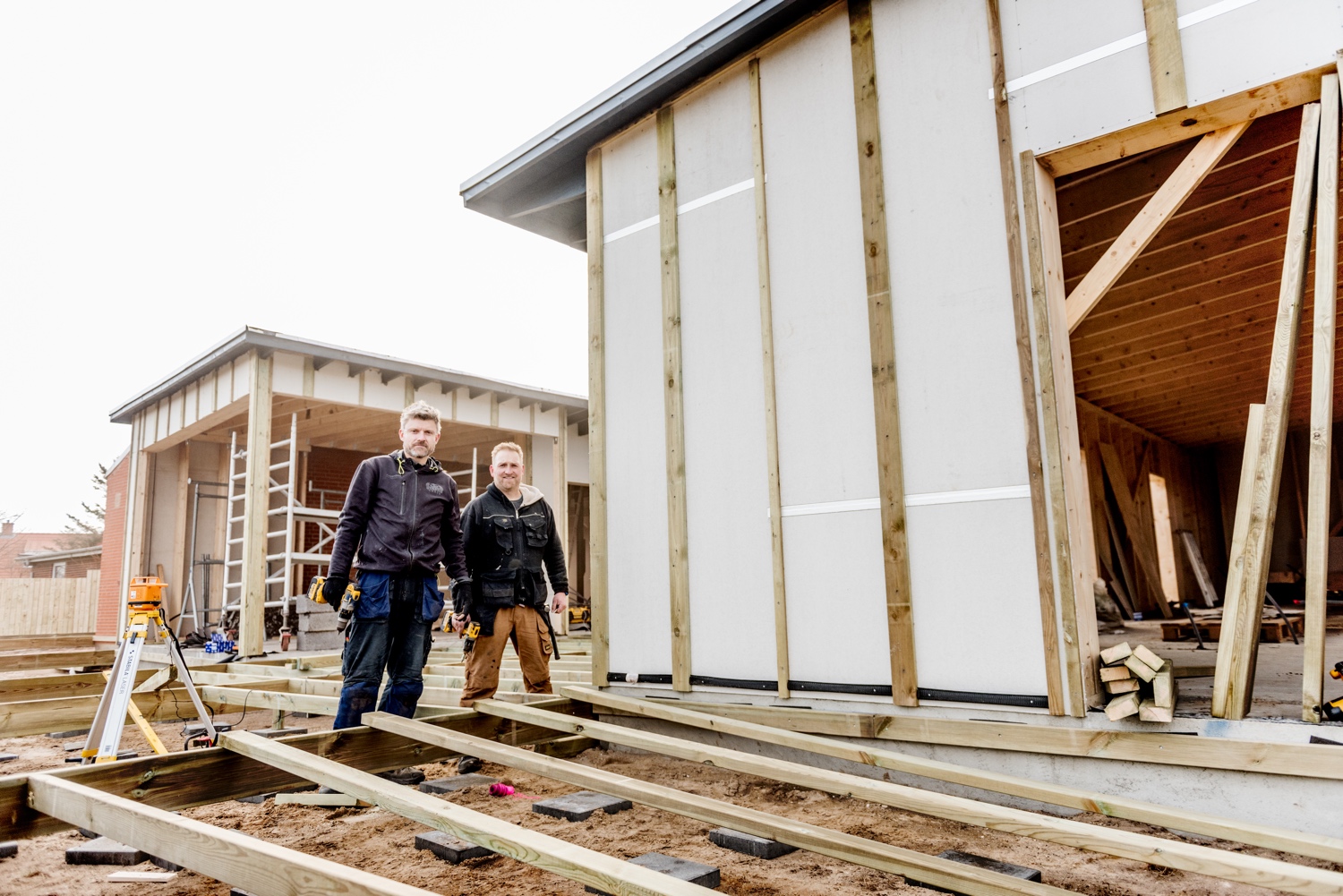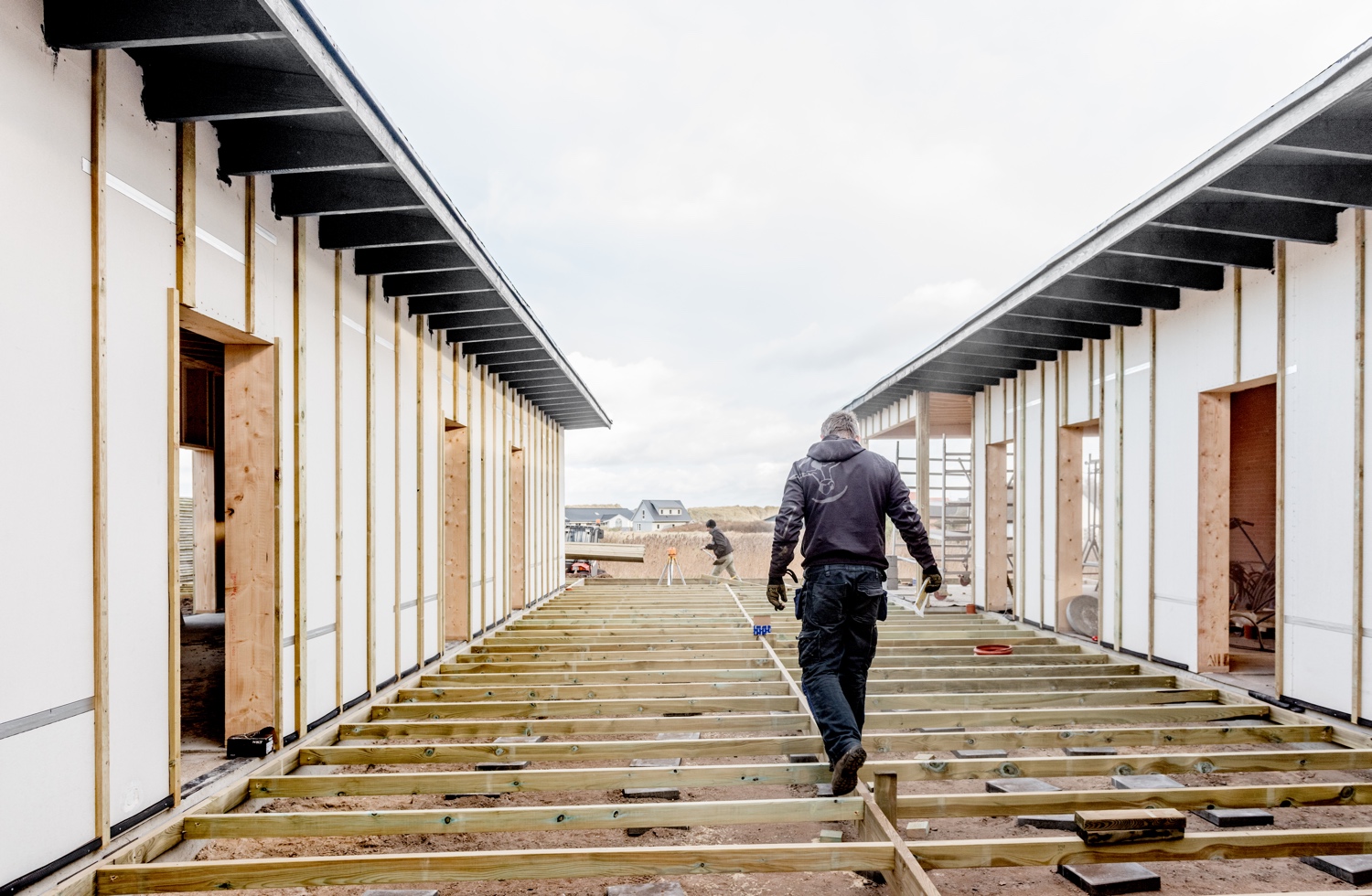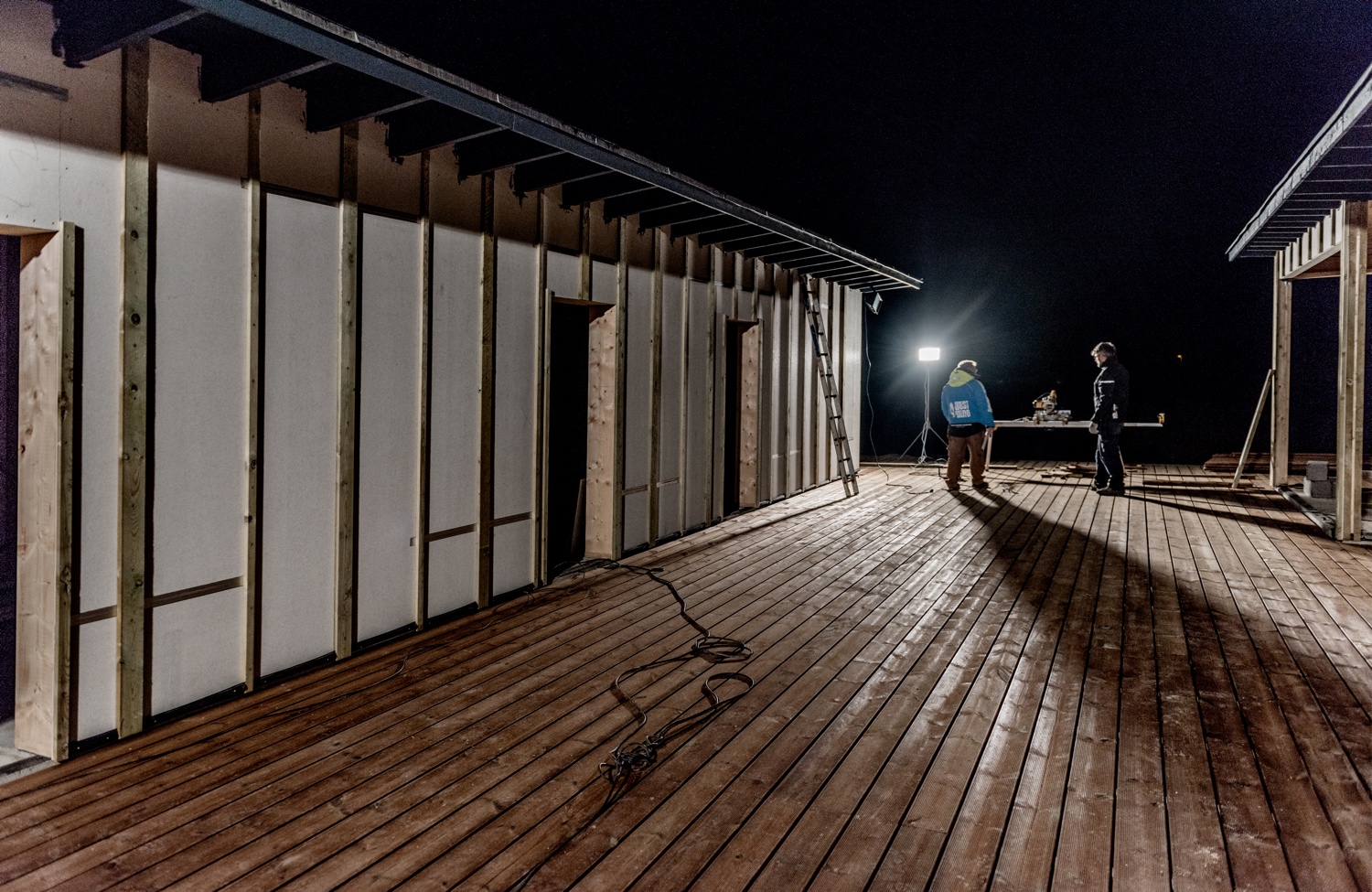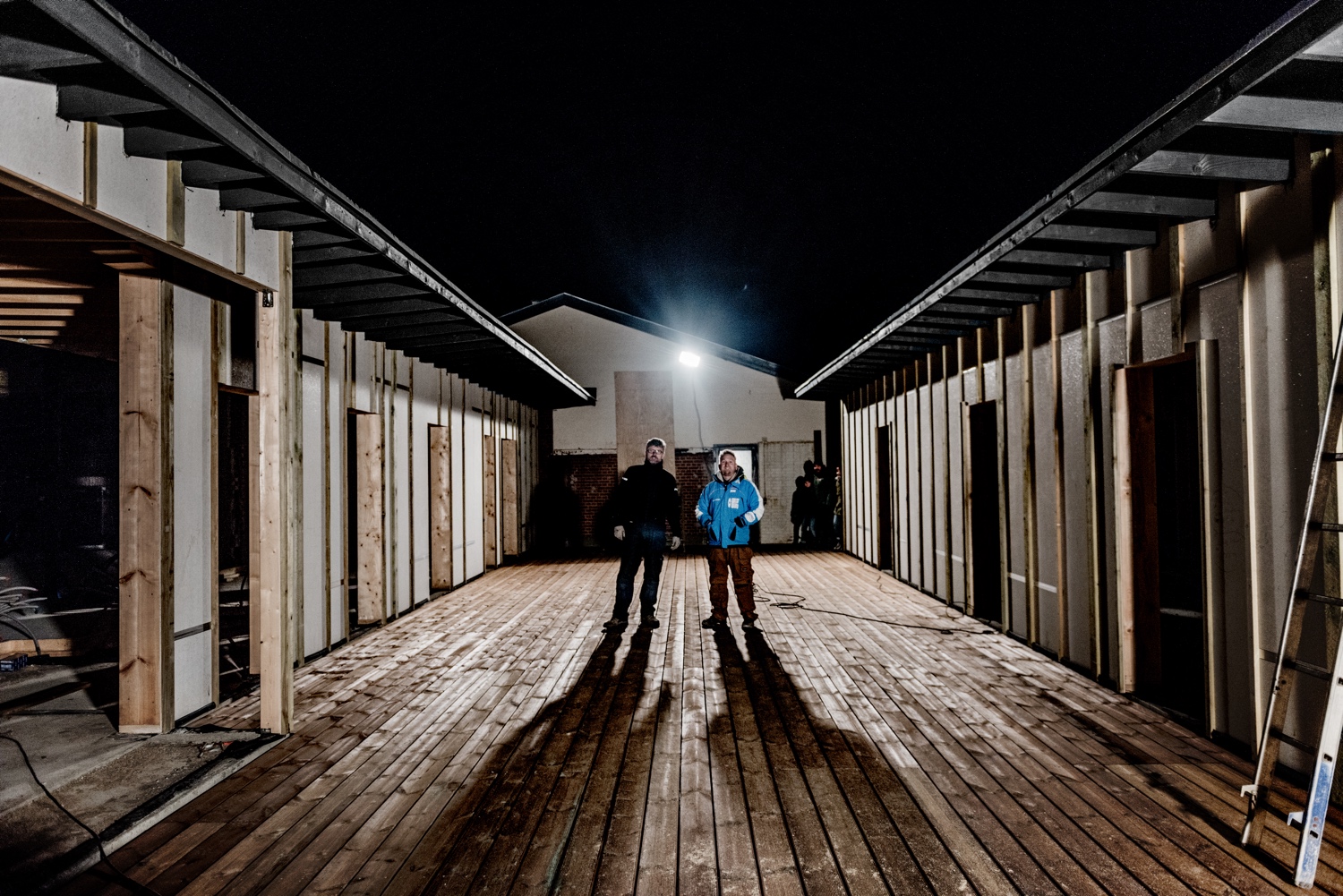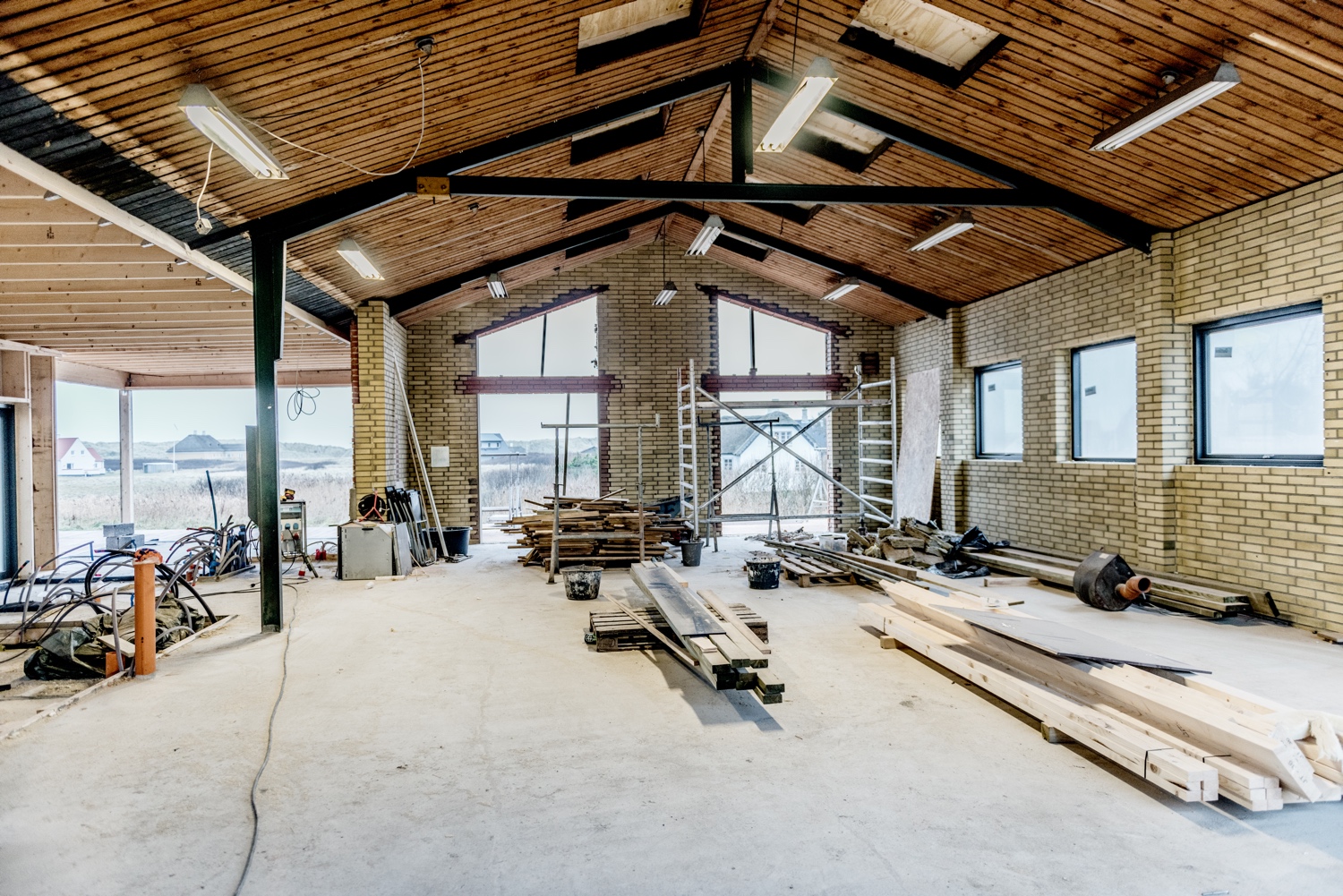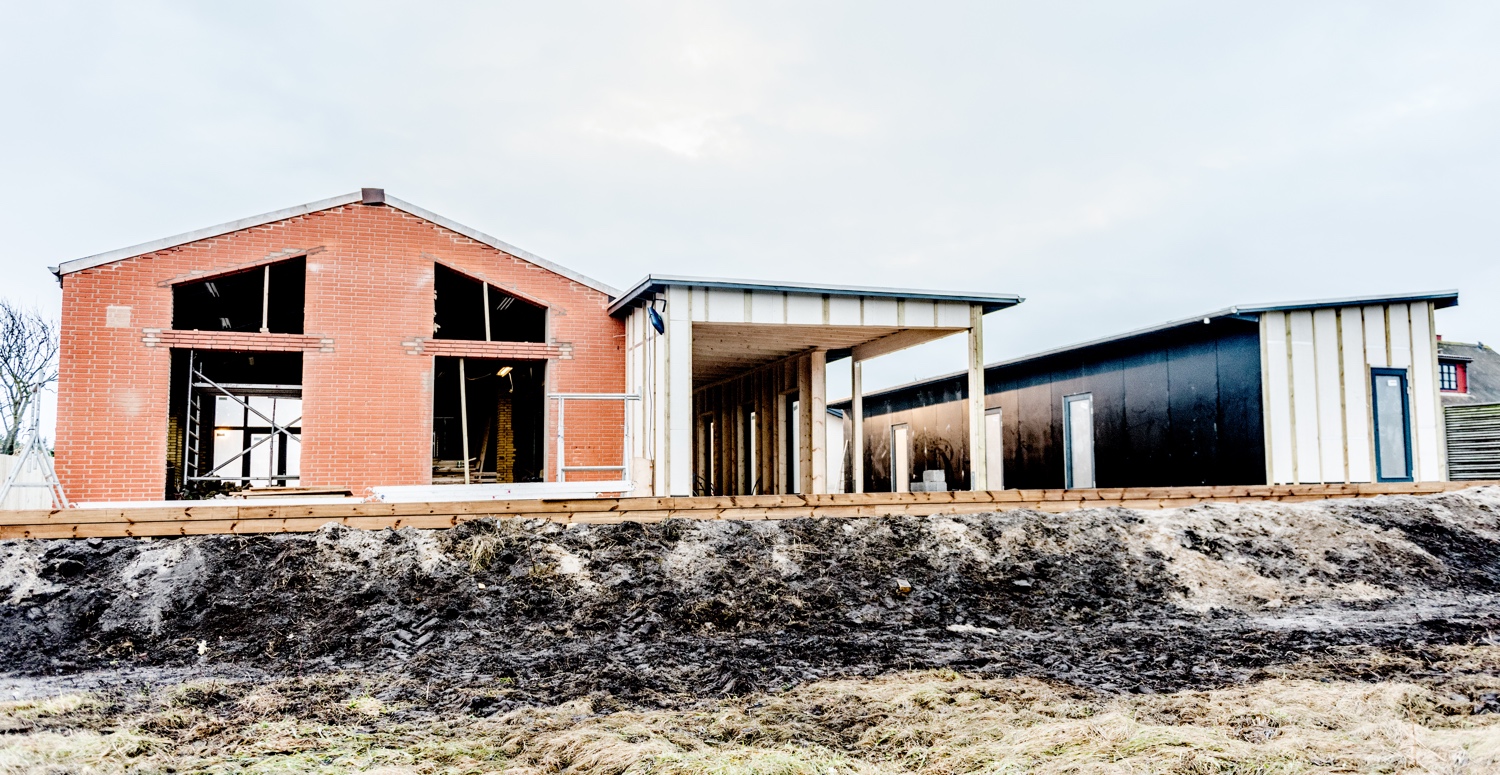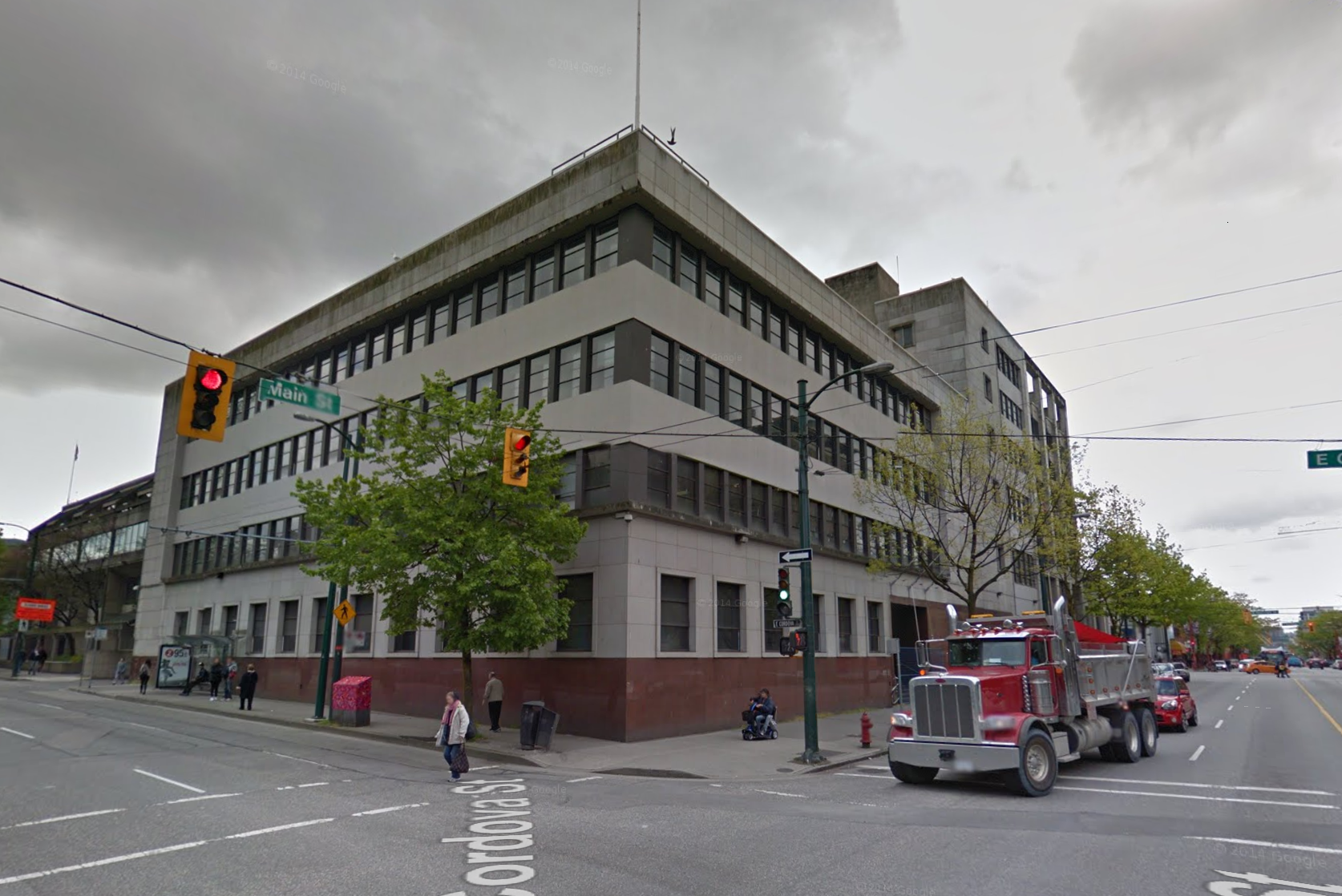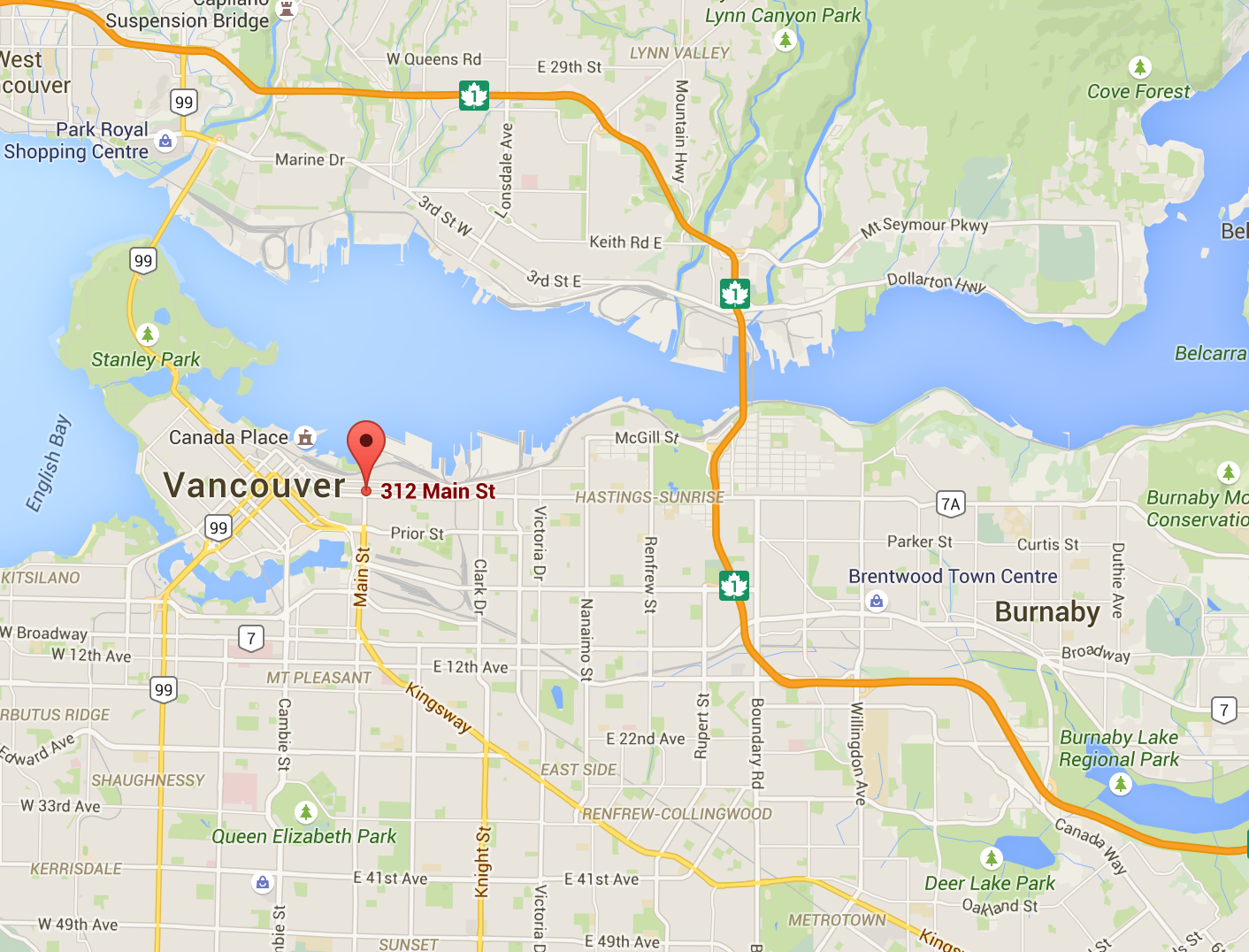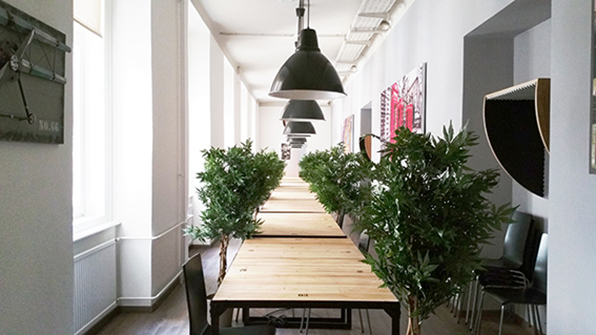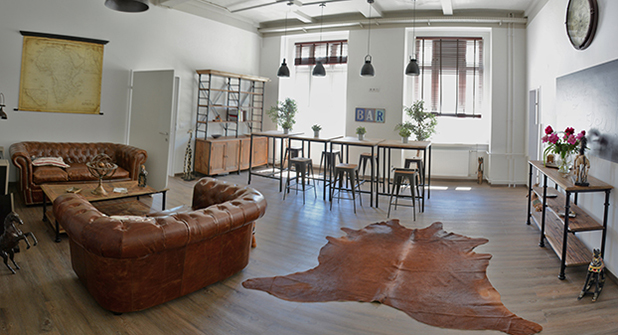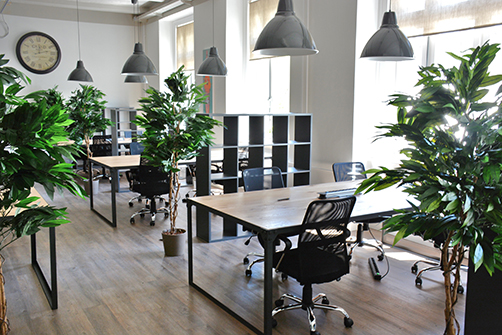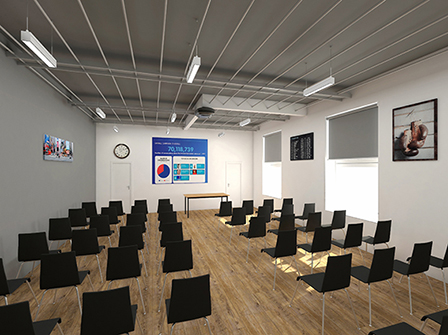Everything I do, I can do through a combination of a computer and an Internet connection. I don't even need my own computer to do it. Everything is in the cloud, so any computer will do. Furthermore, I haven't got an employer who expects me to "show up" (once in a while). I have my company; I'm my own boss. So why do I choose to work from and pay for a workstation at Cowork Klitmøller?
To come up with (some of) the explanation, we have to go back to where it all started.
Coworking as a concept and a way of organizing work originated in 2005. It was Brad Neuberg who coined the term "coworking" (nb. header-image from the first coworking space, from Neuberg's blog) and was the first to set up a coworking space. The place was called the San Francisco Coworking Space. In 2005, Neuberg described "coworking" as follows:
"Traditionally, society forces us to choose between working at home for ourselves or working at an office for a company. If we work at a traditional 9 to 5 company job, we get community and structure, but lose freedom and the ability to control our own lives. If we work for ourselves at home, we gain independence but suffer loneliness and bad habits from not being surrounded by a work community. Coworking is a solution to this problem. In coworking, independent writers, programmers, and creators come together in a community a few days a week. Coworking provides the 'office' of a traditional corporate job, but in a very unique way."
In 2003, Neuberg had experimented with what he called The Nine to Five Group. The idea was that people would occasionally meet at a coffee shop and work together. According to Neuberg, it wasn't a success. He dropped the initiative after just one month.
The San Francisco Coworking Space rented a space at The Spiral Muse in San Francisco. The first official coworker was Ray Baxter, described by Neuberg as a sportsman, developer, and father.
A typical working day at The San Francisco Coworking Space began at 9:00 AM with a 45-minute group meditation; later, people ate lunch together. The day ended with everyone participating in a 45-minute "healthy activity." At 5:45 PM, everyone went home.
After a year, the San Francisco Coworking Space closed. Some months later, Neuberg, along with about 10 volunteers, opened The Hat Factory. At The Hat Factory each member worked on his or her projects but was invited to share knowledge and help the other coworkers.
Since then, the phenomenon has spread. The number of people making use of coworking spaces is increasing rapidly. The 2012 Third Global Coworking Survey, which had 2,700 participants, states that the worldwide total of registered coworking spaces had increased by 245% during the prior twelve months to – at the time – 2,072.
A year later, DeskMag and Emergent Research reported a further increase to over three thousand. In addition, the number of people using coworking spaces increased from 85,000 in 2012 to over 160,000 in 2013. The same study estimates that by 2018, one million coworkers worldwide will be spread out over 12,000 coworking spaces.
Surveys show that most coworkers are in their late twenties to late thirties, the average age being thirty-four. Two-thirds are men; four out of five have a university degree; the majority work in IT or the creative industry.
The Third Global Coworking Survey reveals that a clear majority, 66%, chose "a social and enjoyable atmosphere" as the reason they chose coworking. Sixty-two percent chose "the feeling of being part of a community," while 57% chose "interaction with others."
In fourth place, with 54%, comes "good infrastructure (Internet, table, chairs, meeting rooms, etc.)" as the reason for choosing coworking. Fewer still, namely 42%, chose "knowledge sharing" as the reason they have chosen coworking.
Next comes "close to my home" (41%), "flexible working hours" (25%), "interdisciplinary collaborations" (23%), "easy-to-change workspace" (19%), "my employer or customer pays for it" (17%), and finally, "the opportunity to work in groups" (12%).
These results can of course be interpreted in many ways, the fact is that a coworker is someone who deliberately chooses to work with other coworkers. No one need (or was told to) be there to work. The coworker is there only to be a part of a community.
Part of it can be summed up to the network and the (possible) collaborations that continuously arise from being there. Part of it is about helping and getting help, sharing knowledge and ideas. Another part is about meeting new people, being introduced to new networks. Last but not least, it's about hanging out with a bunch of nice people.
In conclusion: The only reason I'm at Cowork Klitmøller or, for that matter, any other coworking space, is the people that are there. That's how it is, and that's how it was when it all started.


